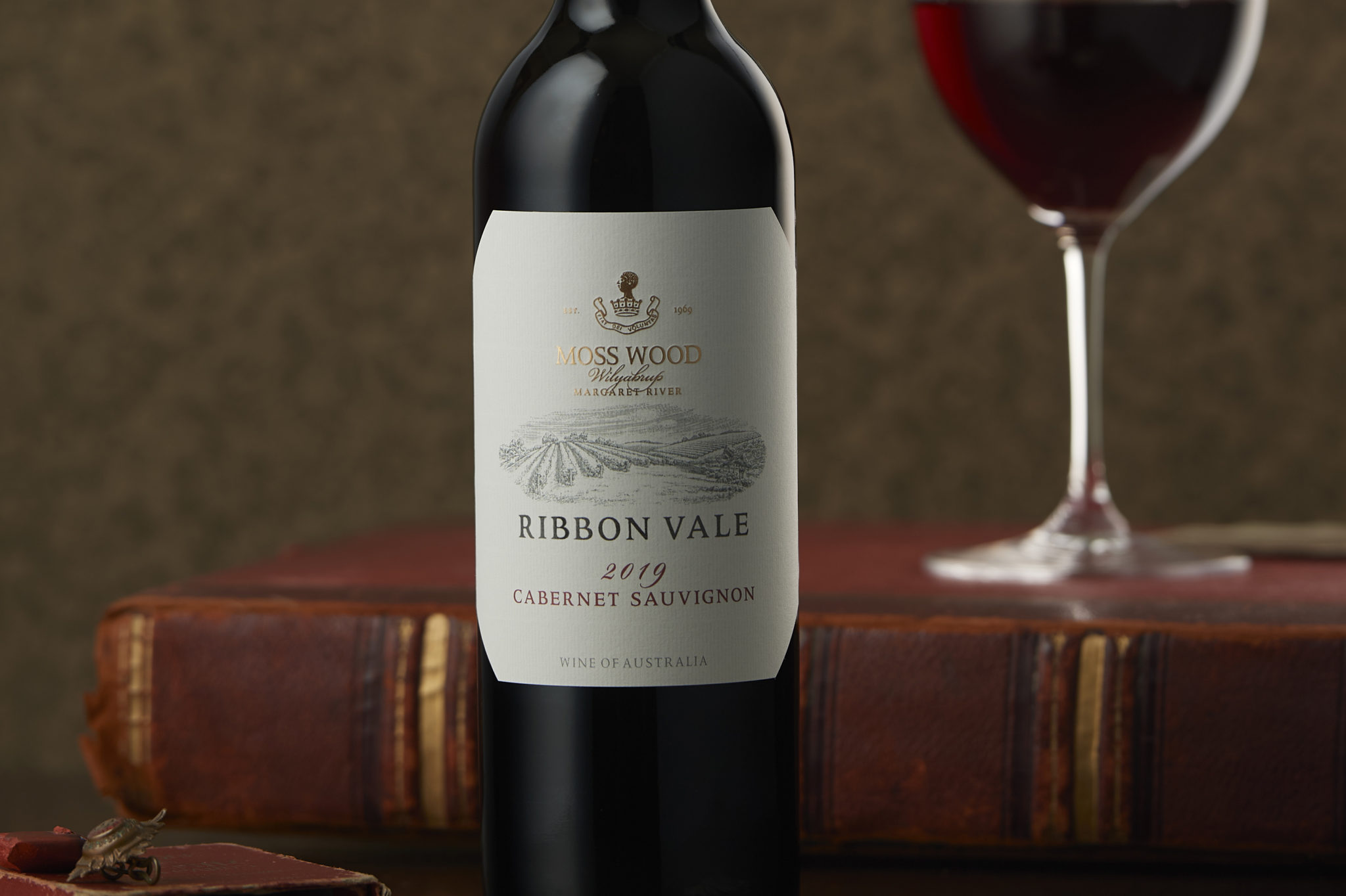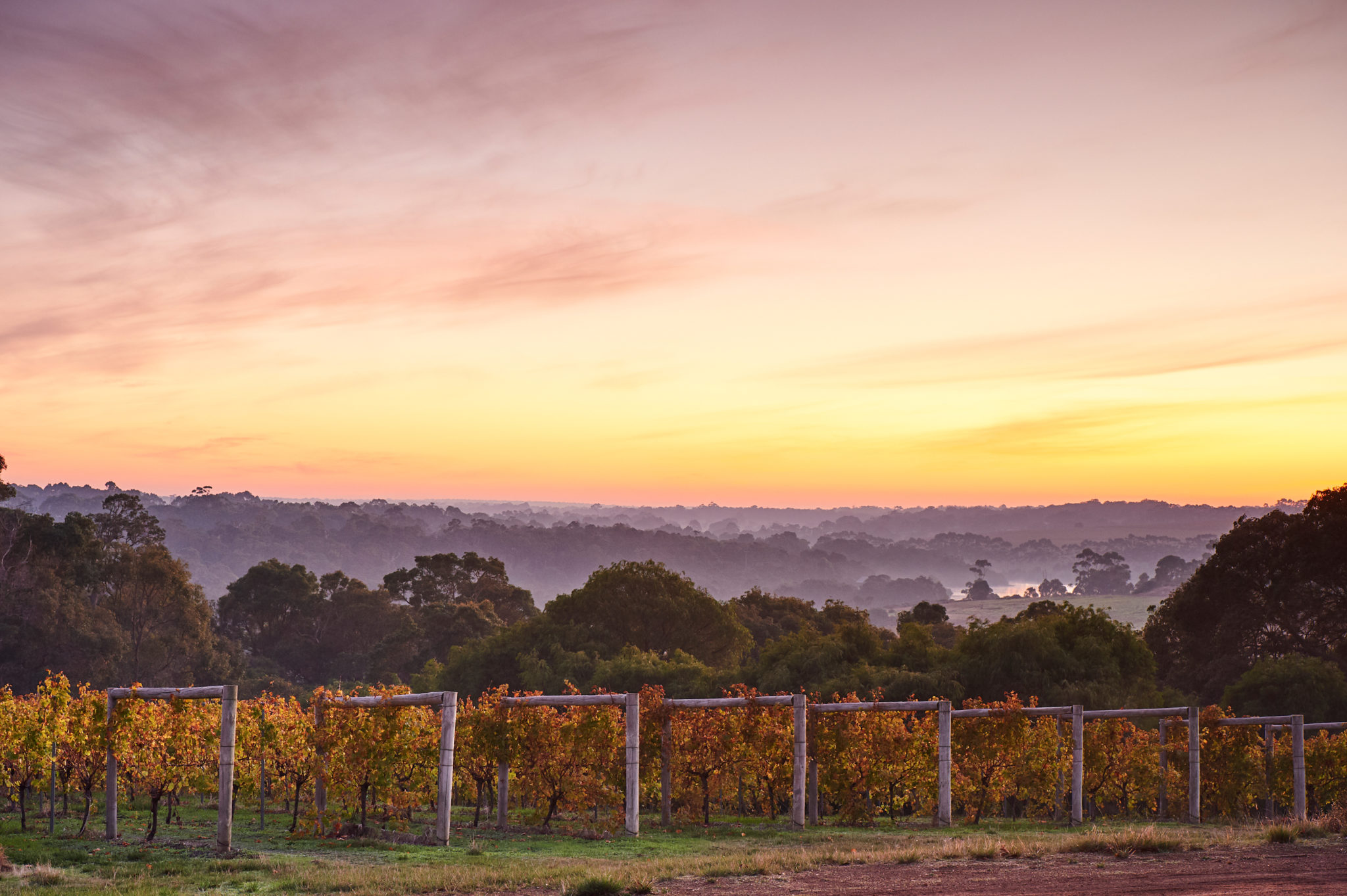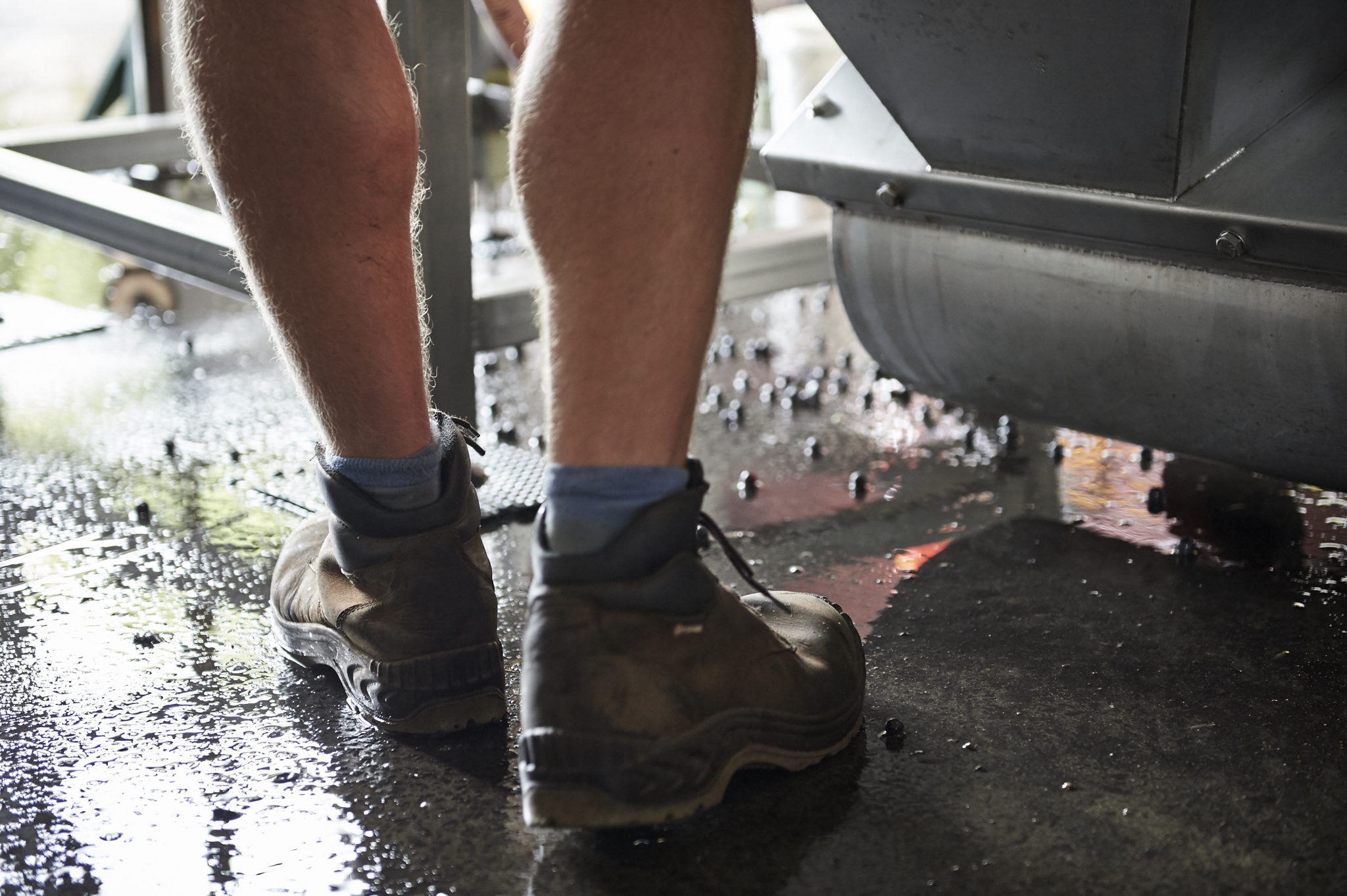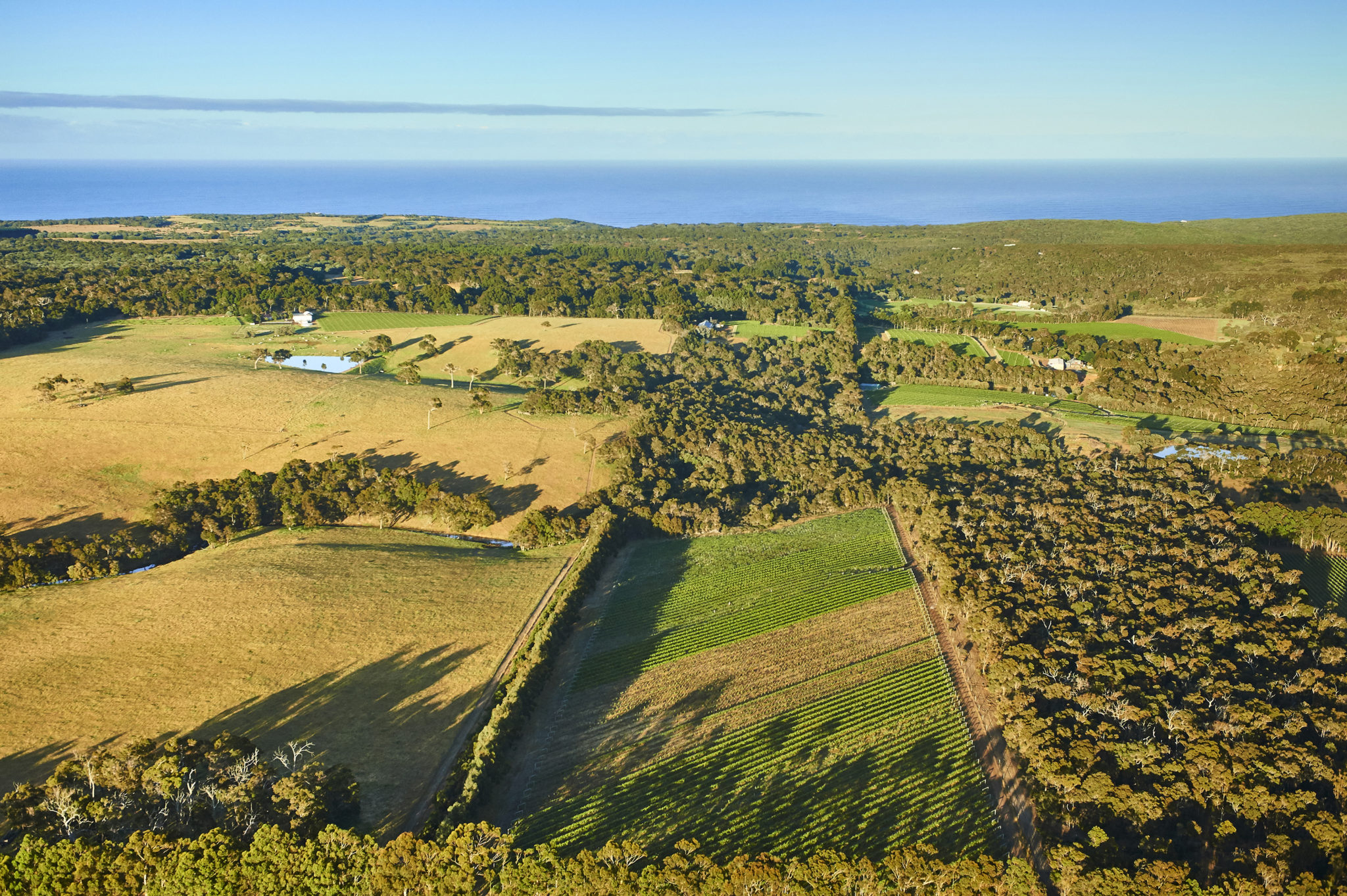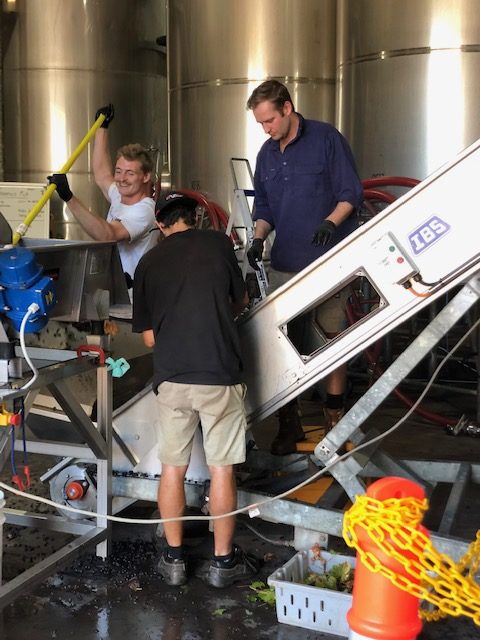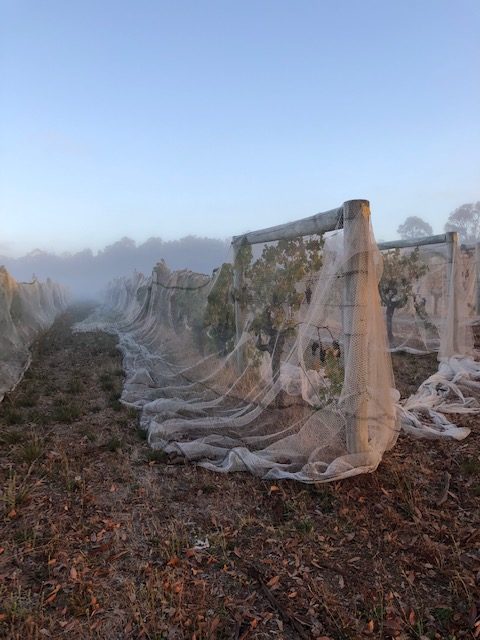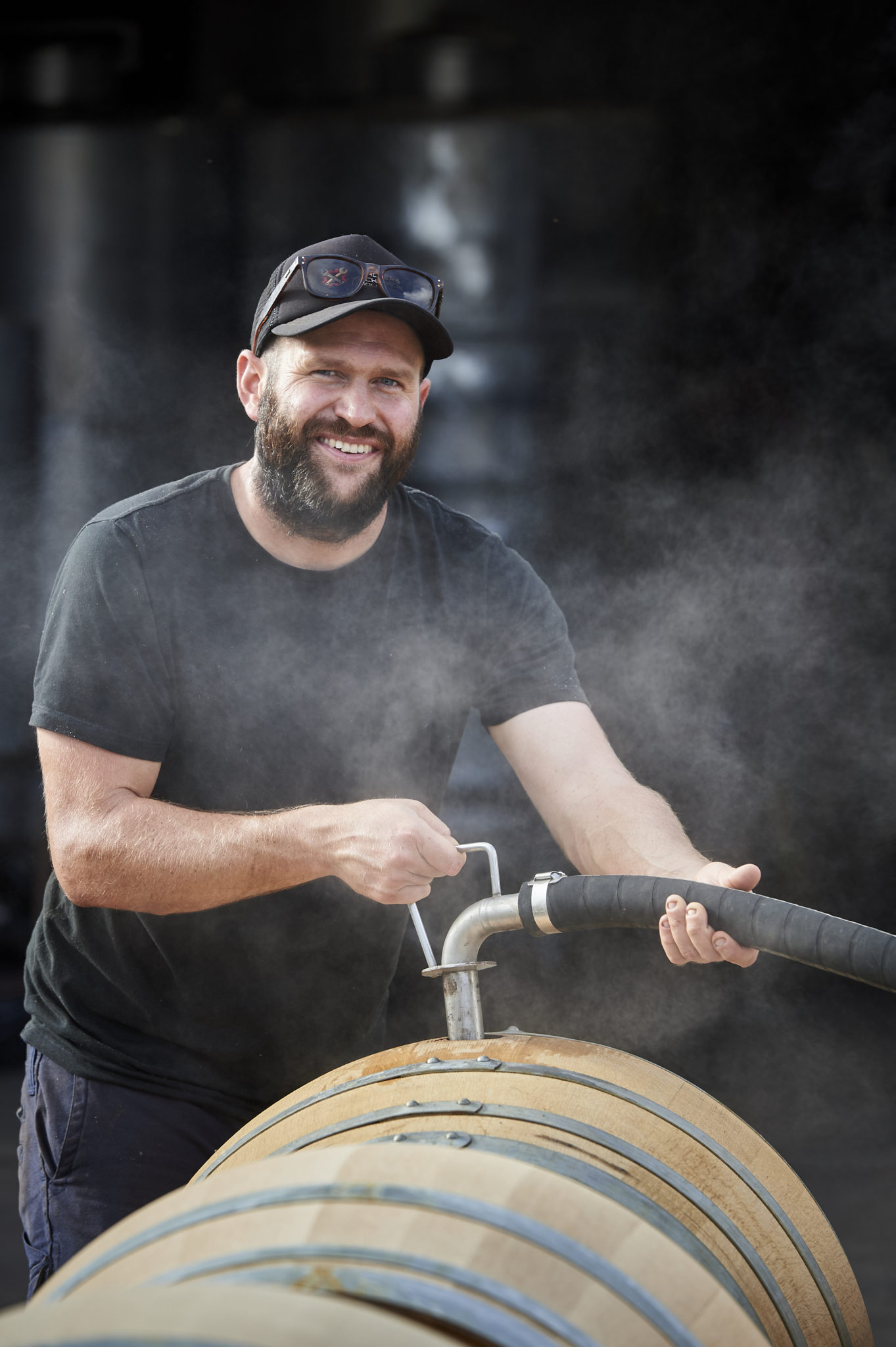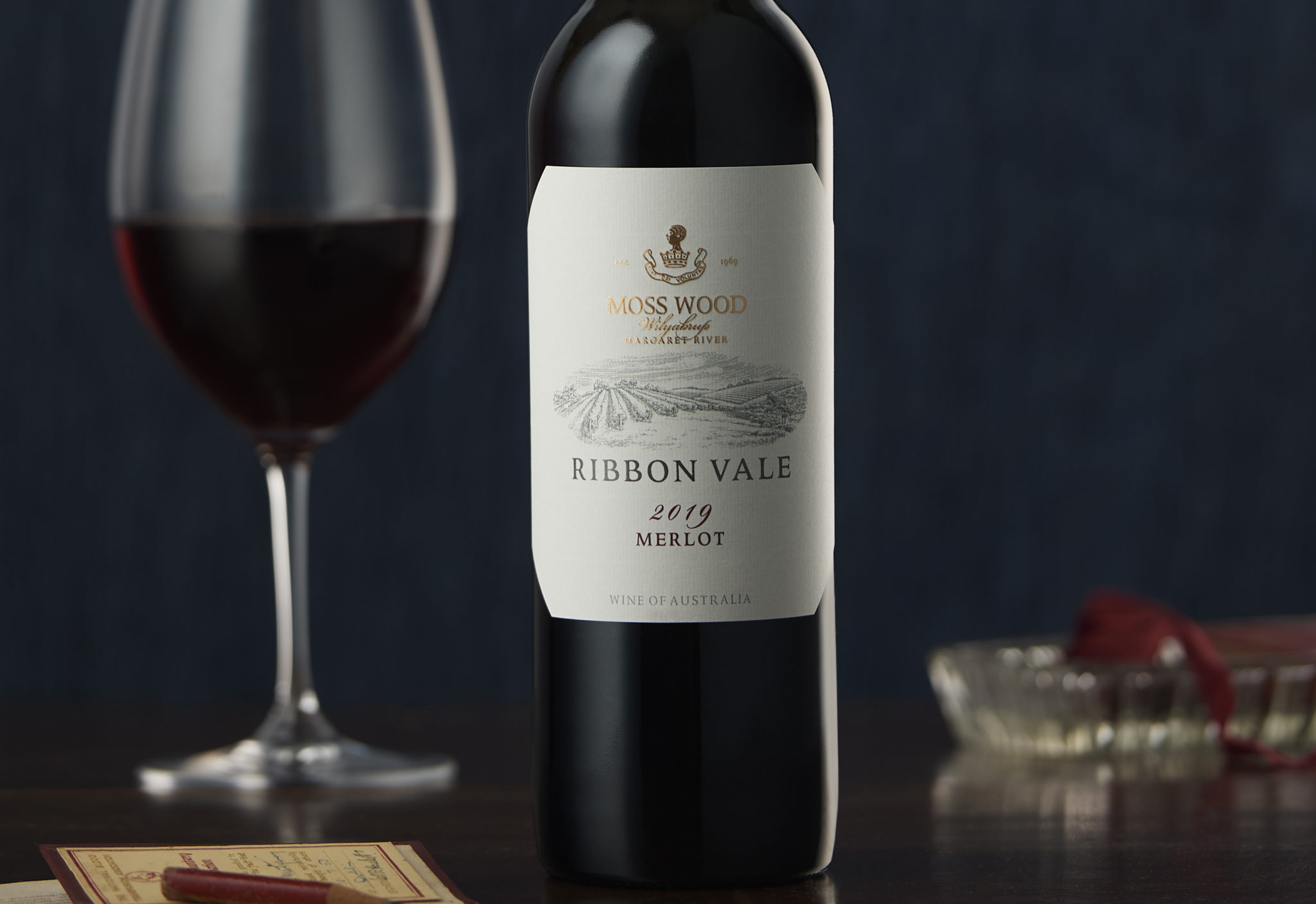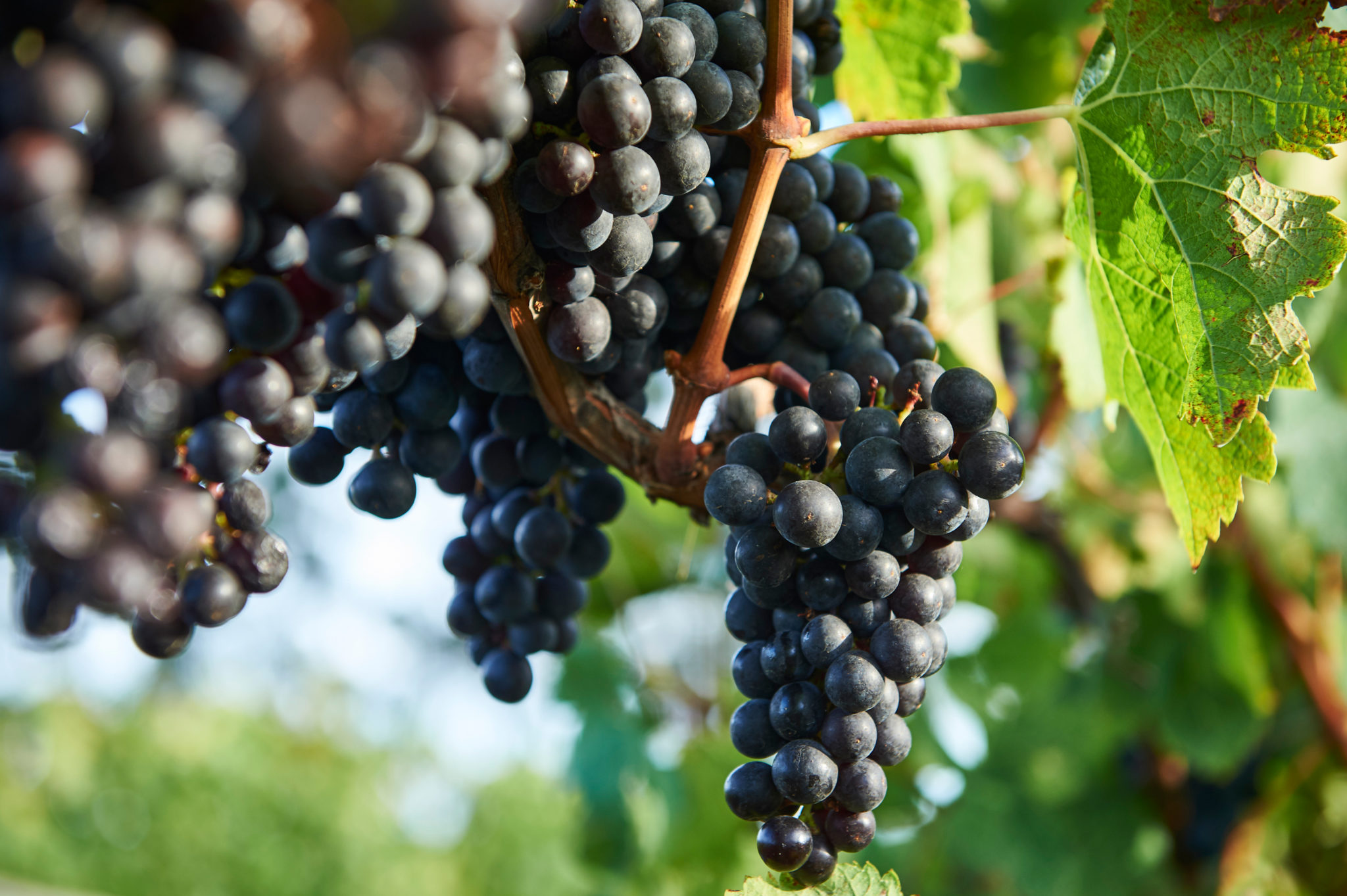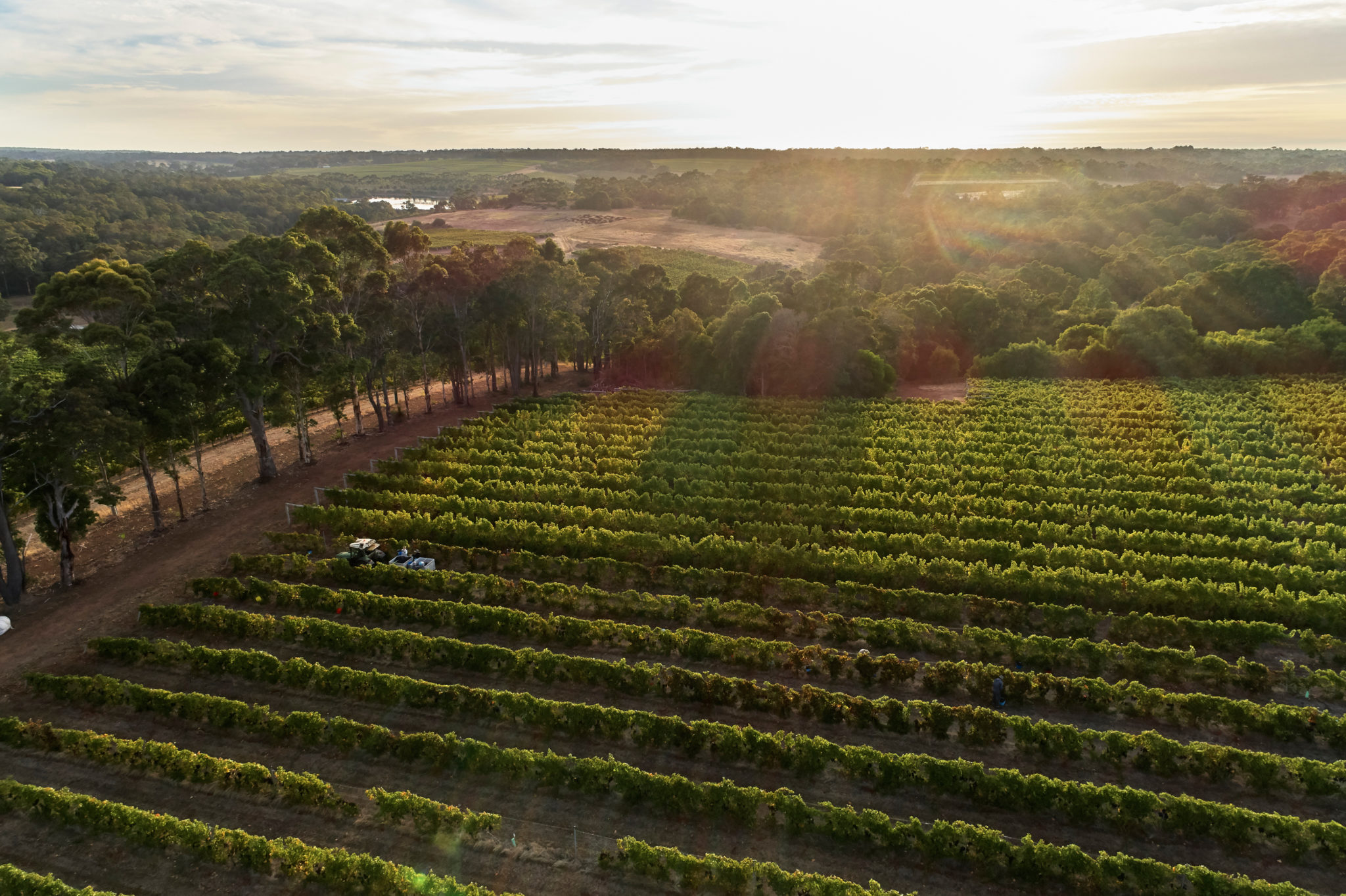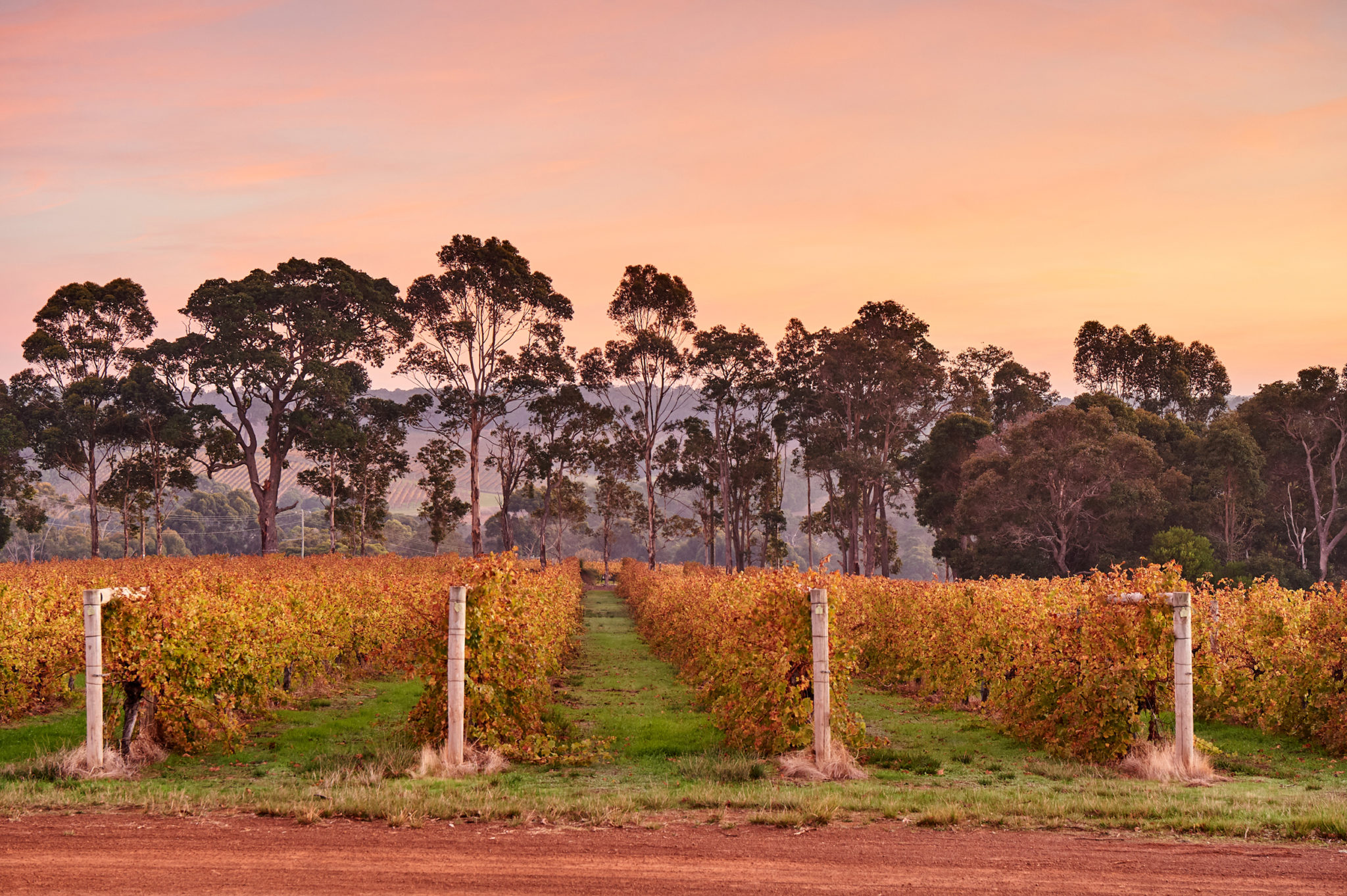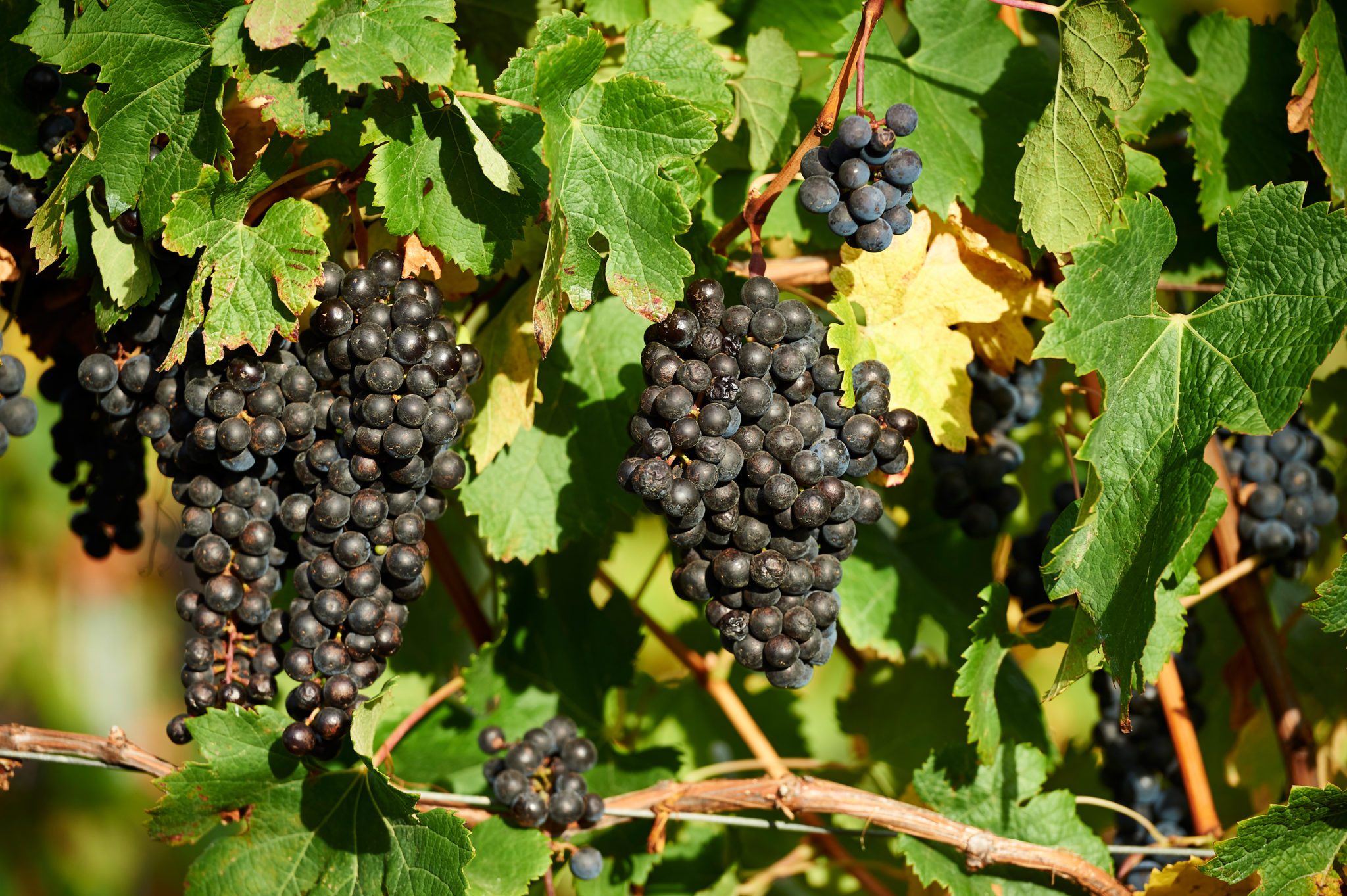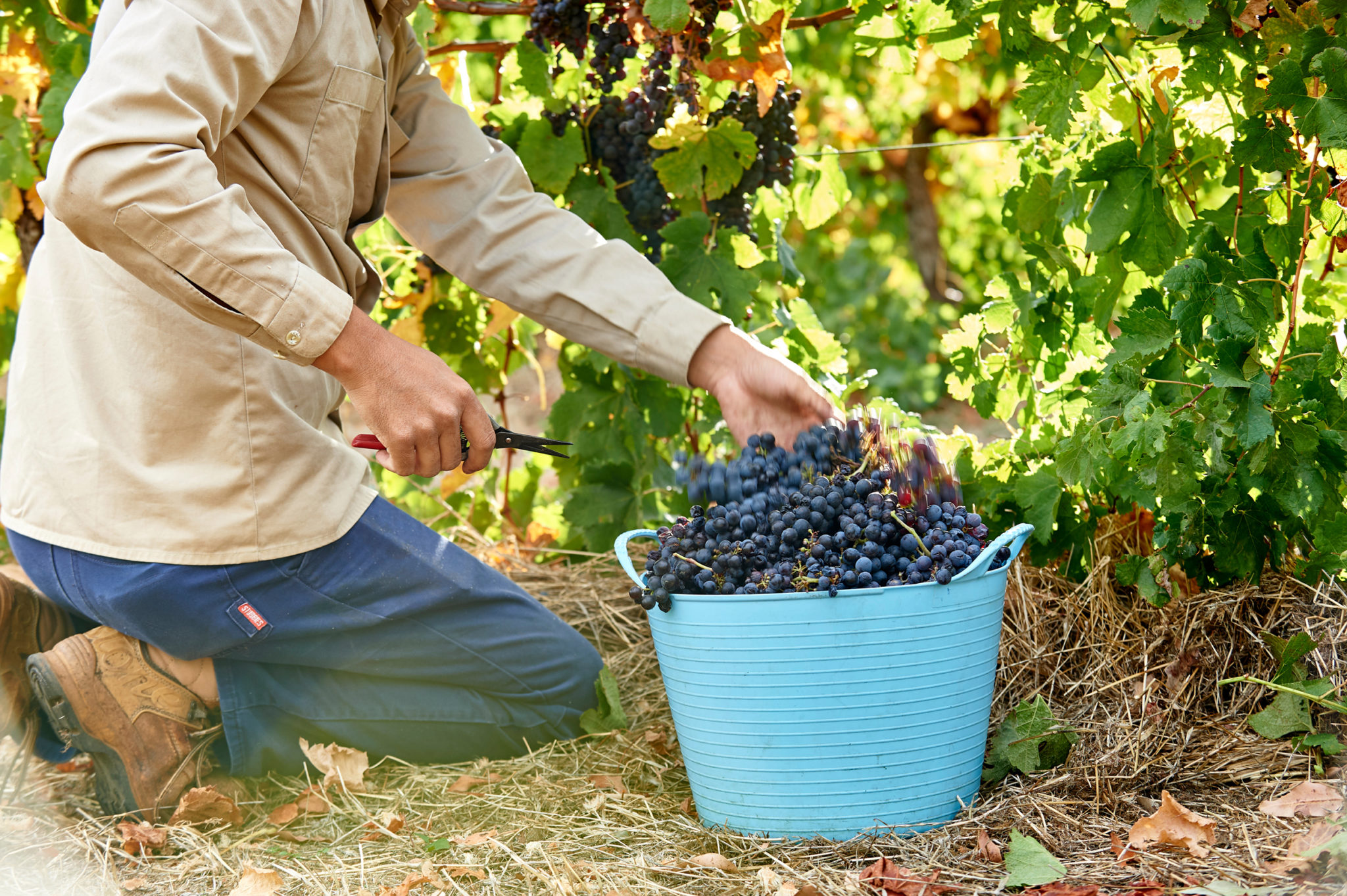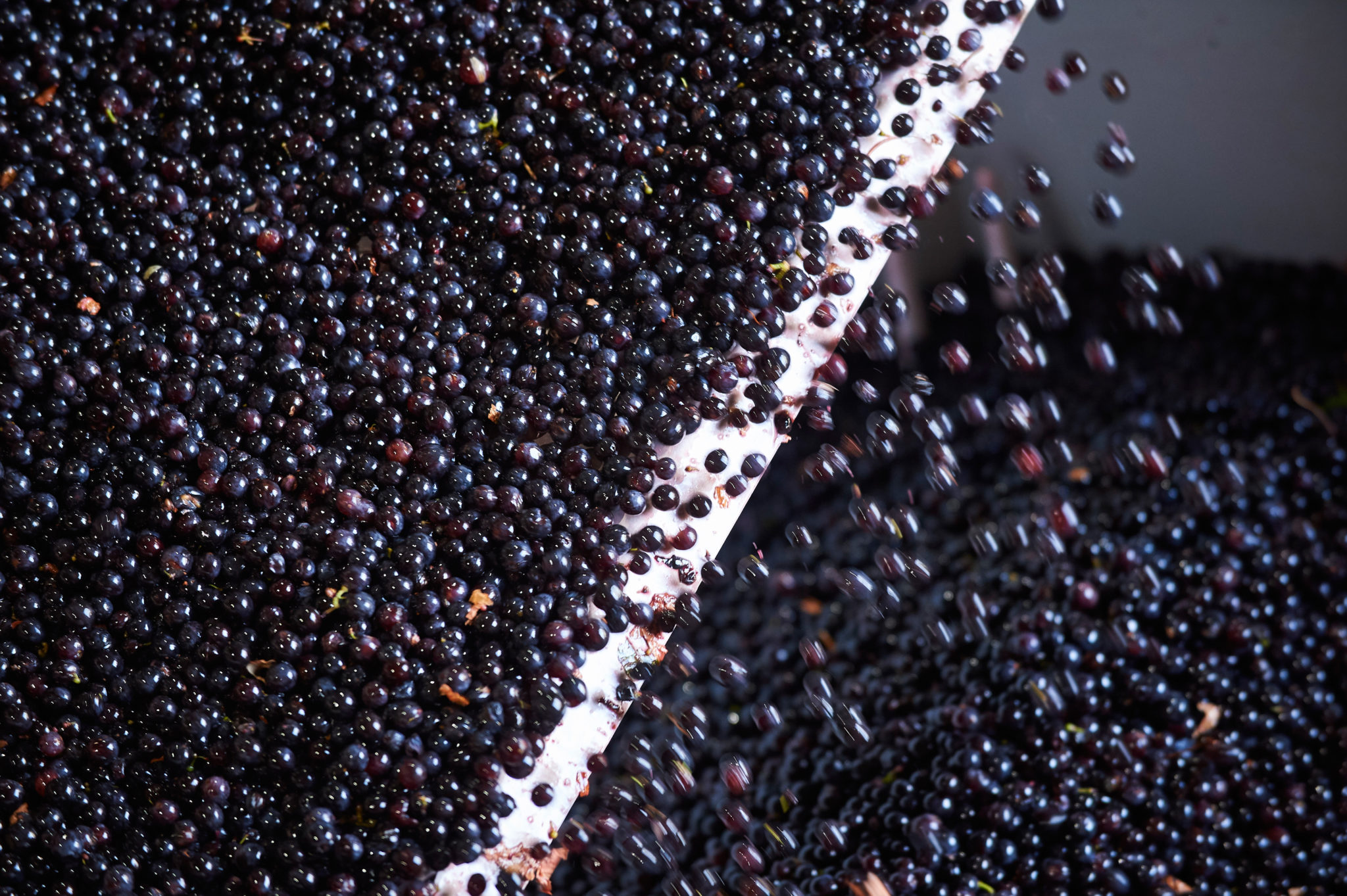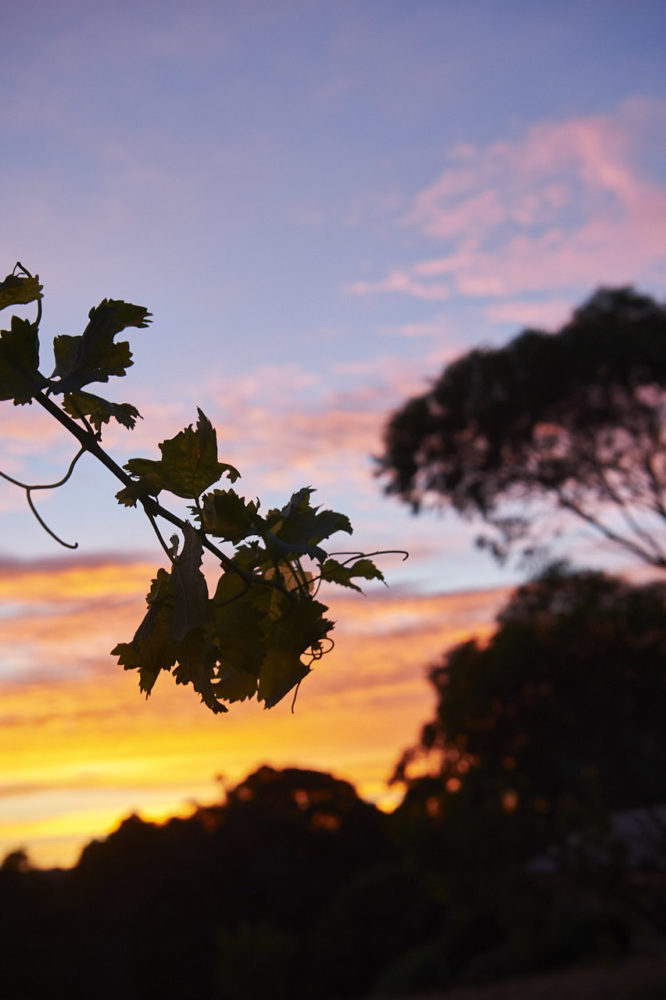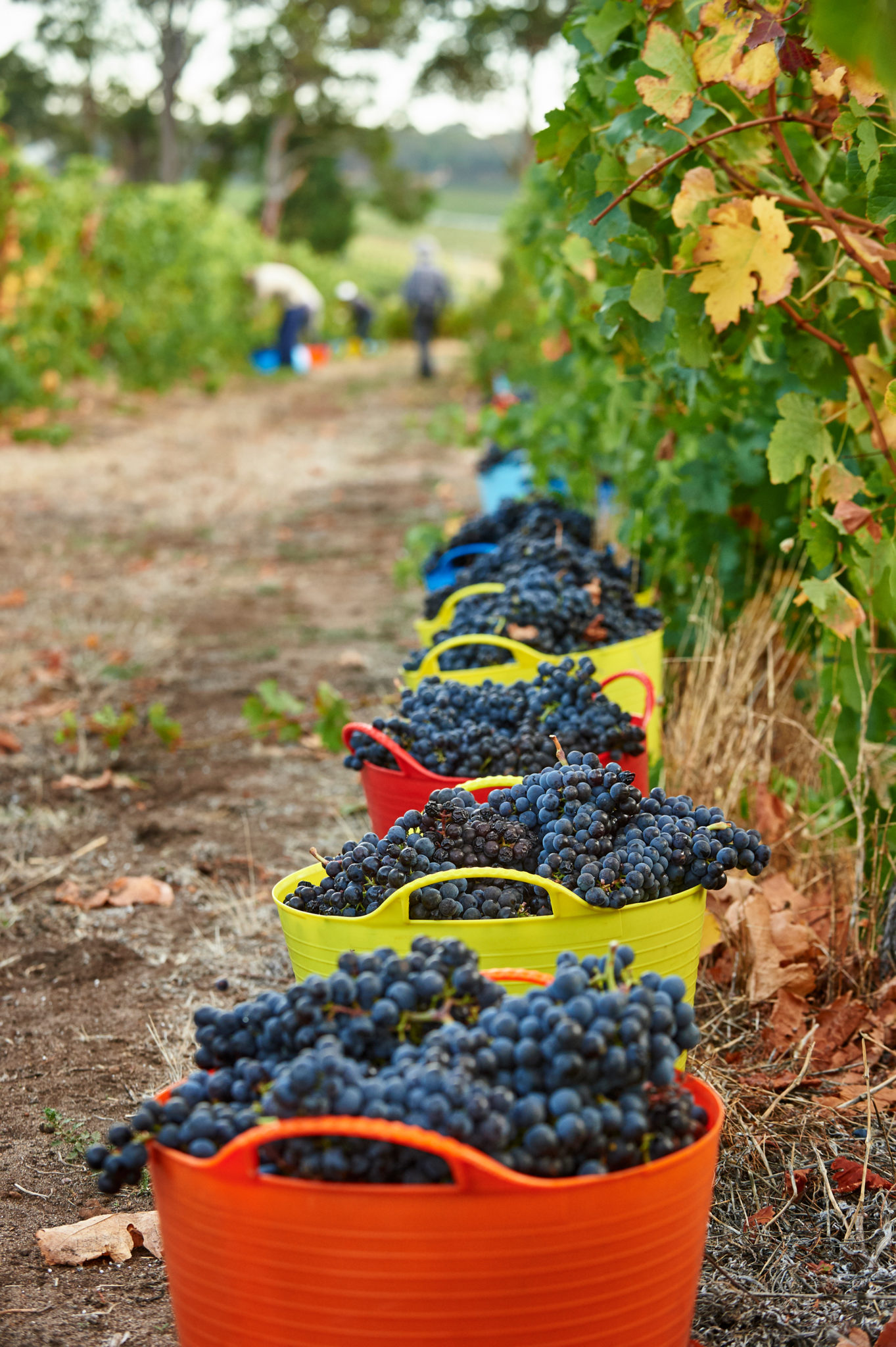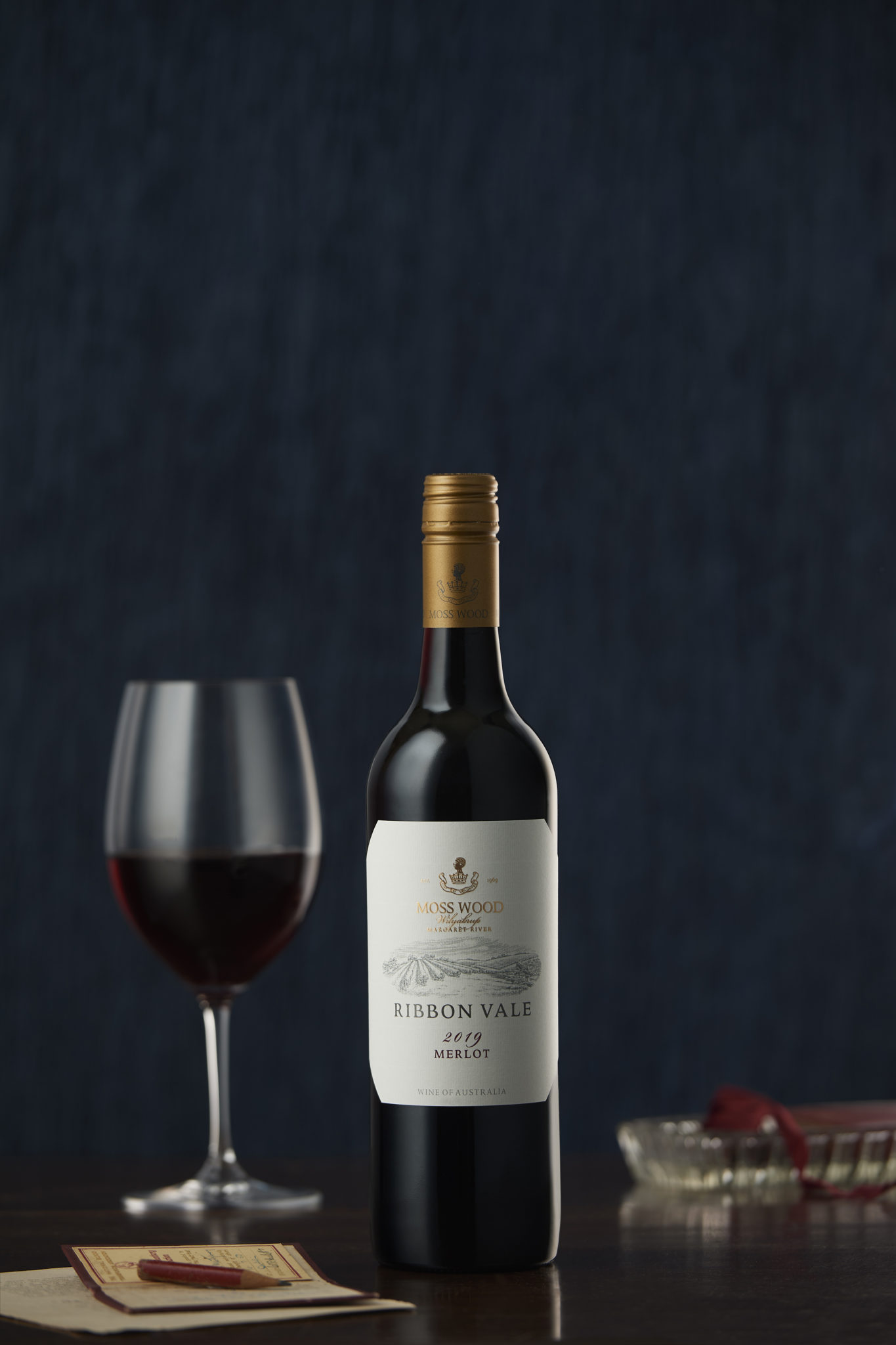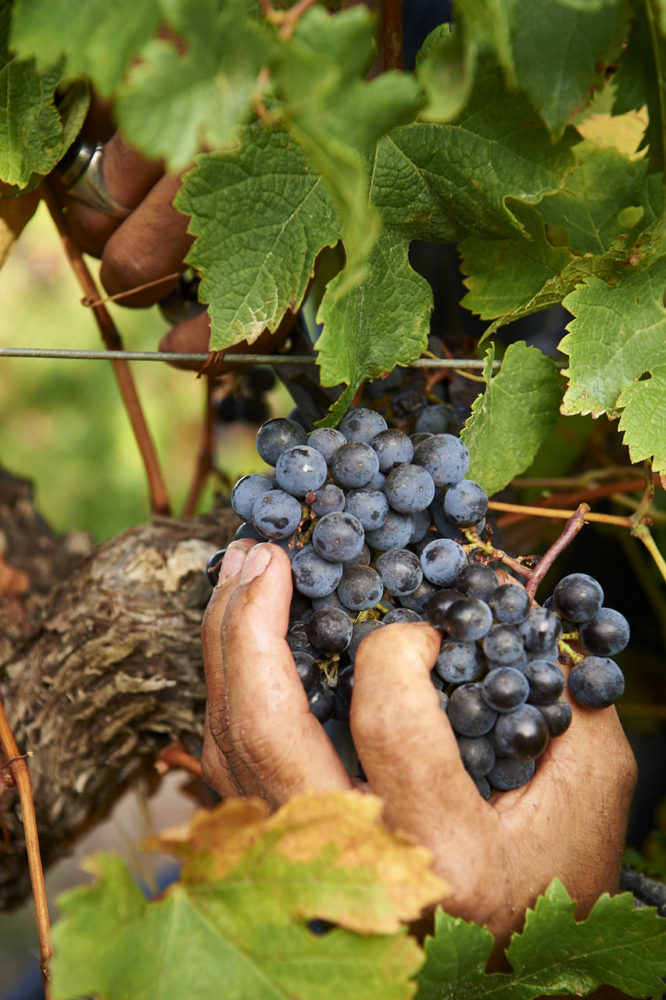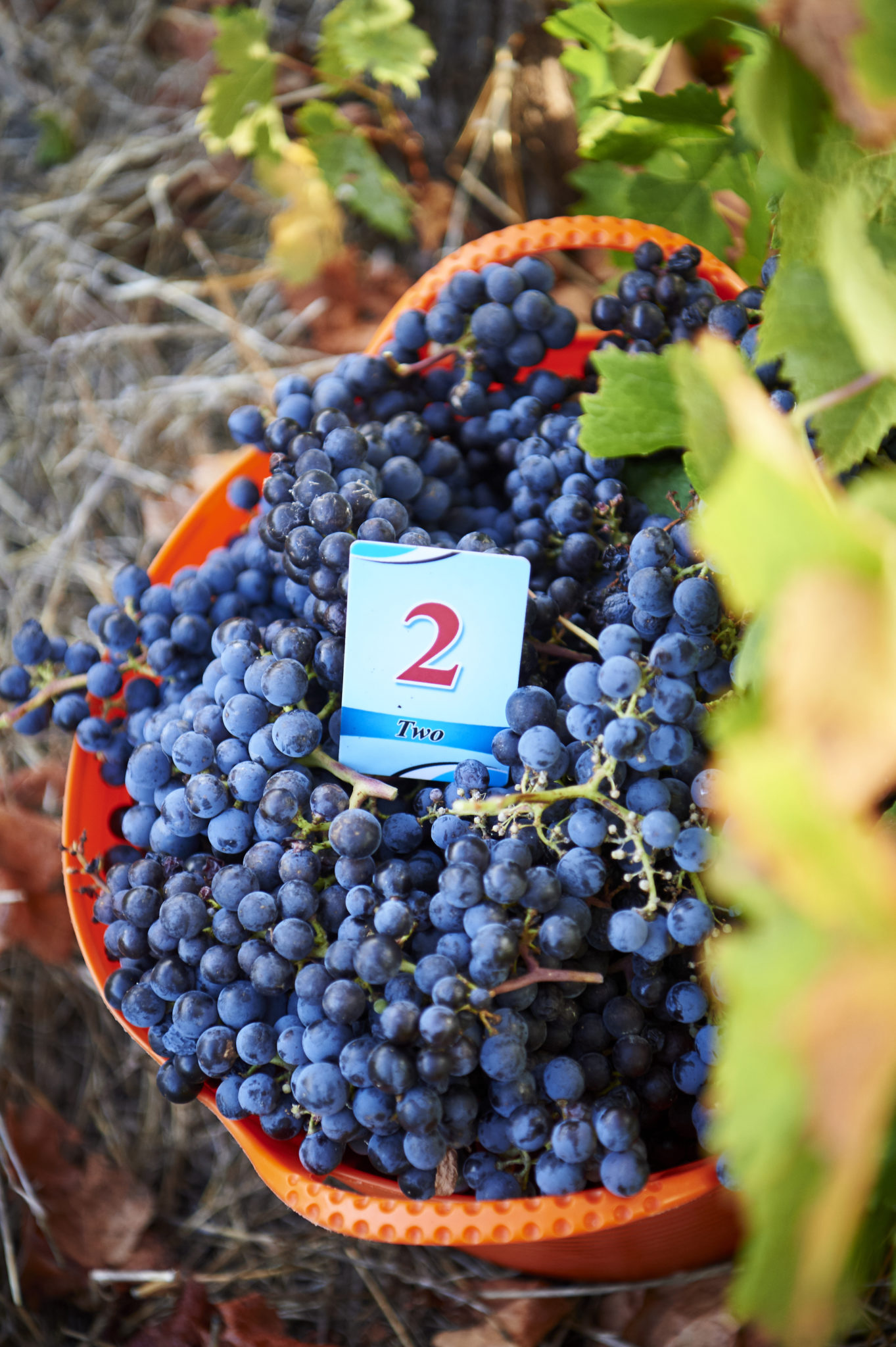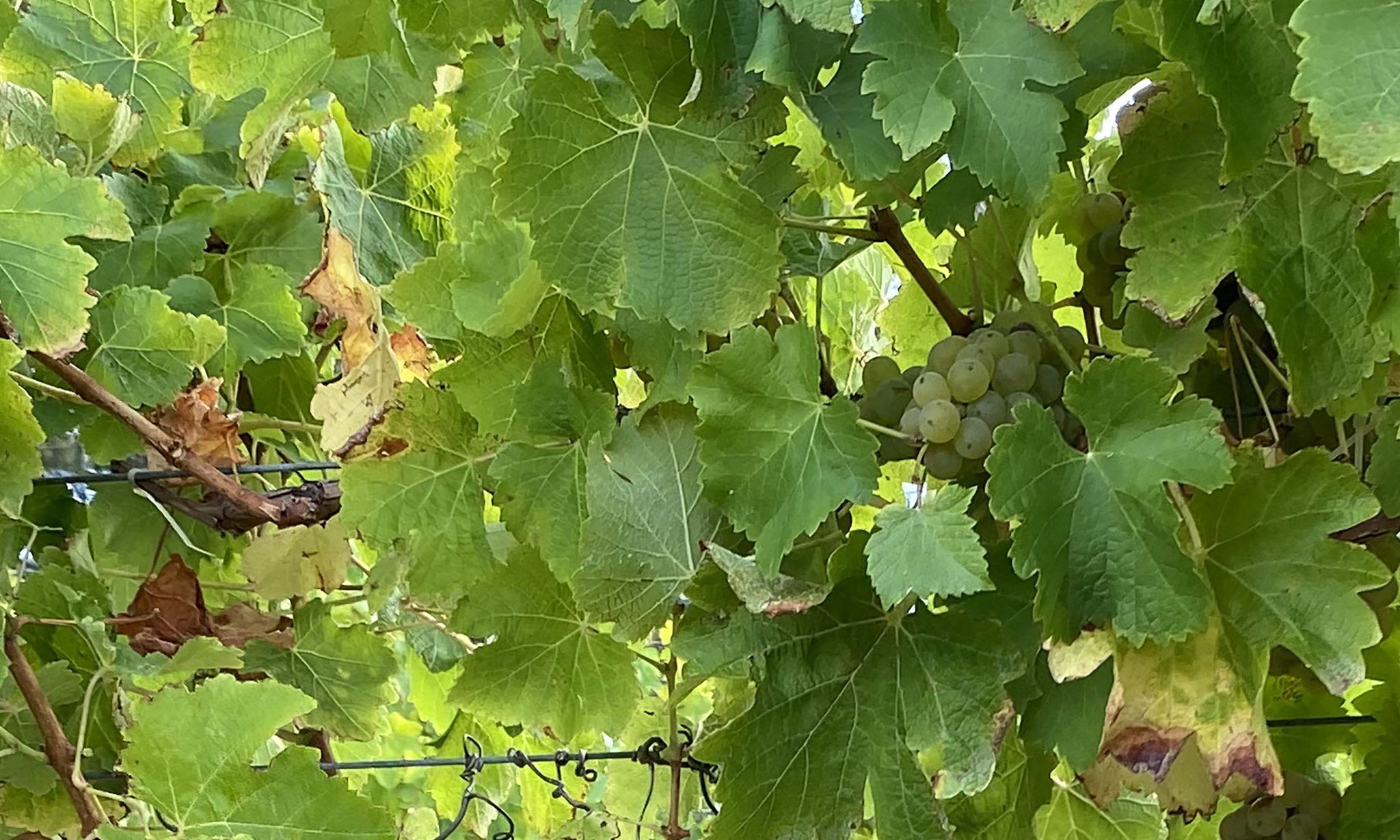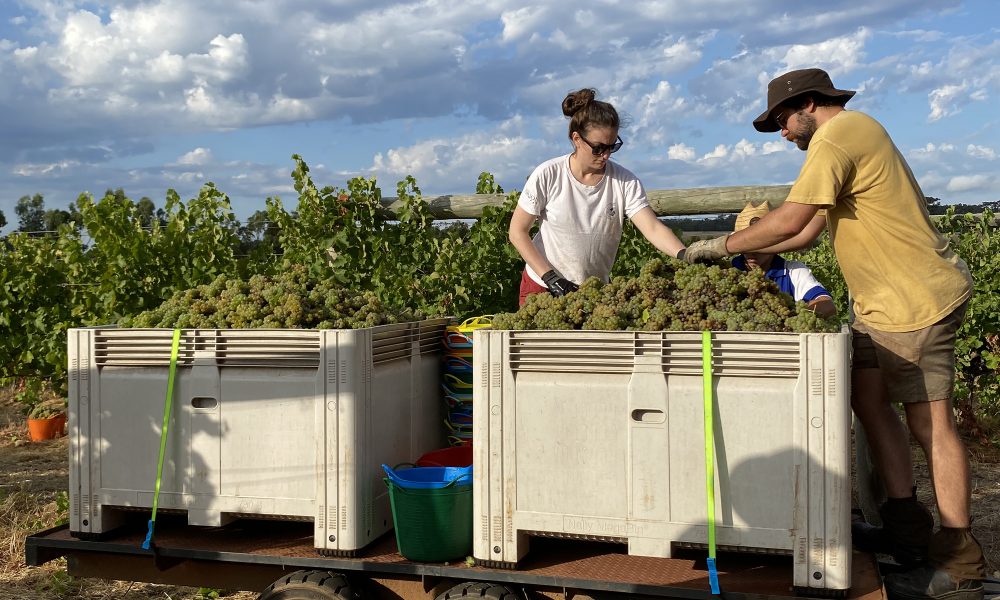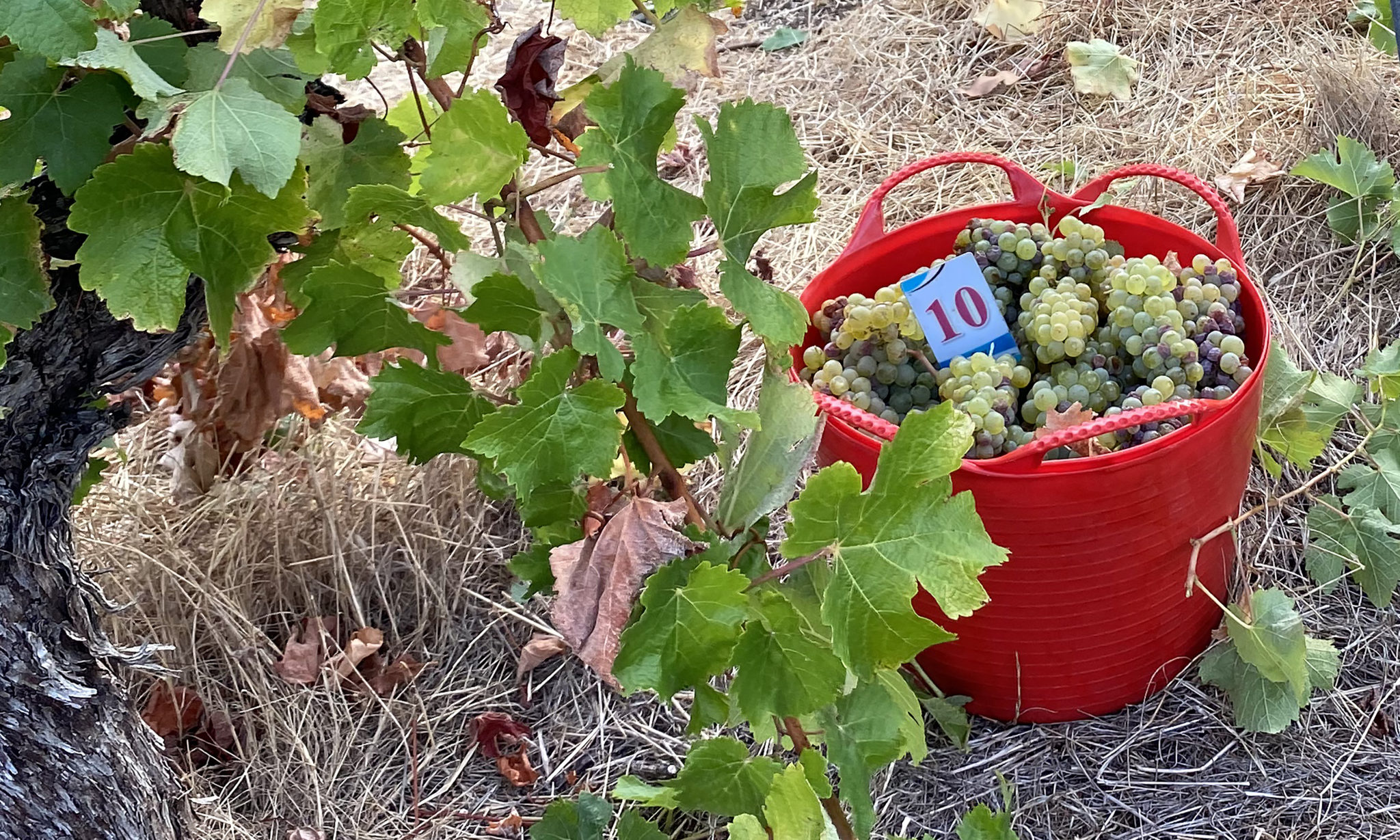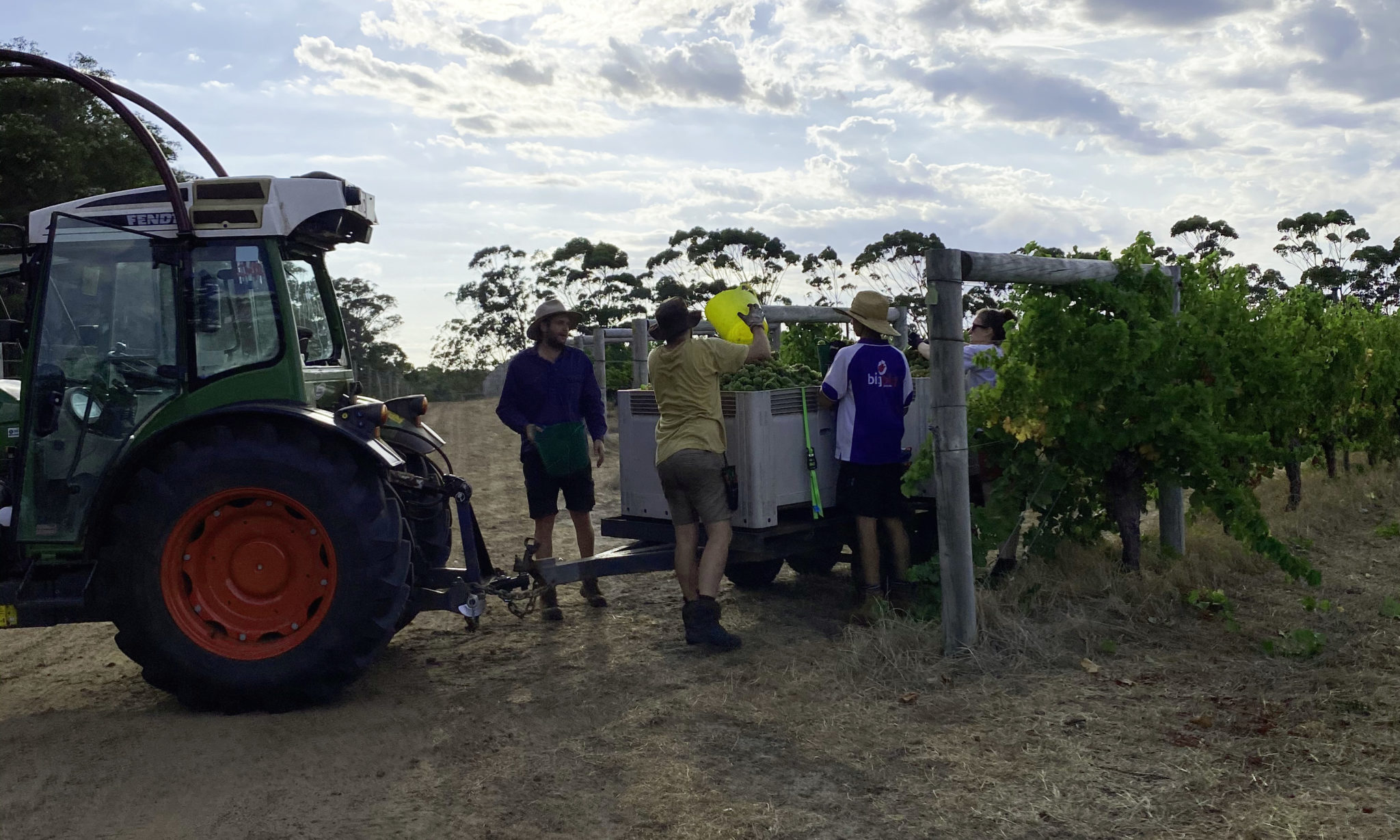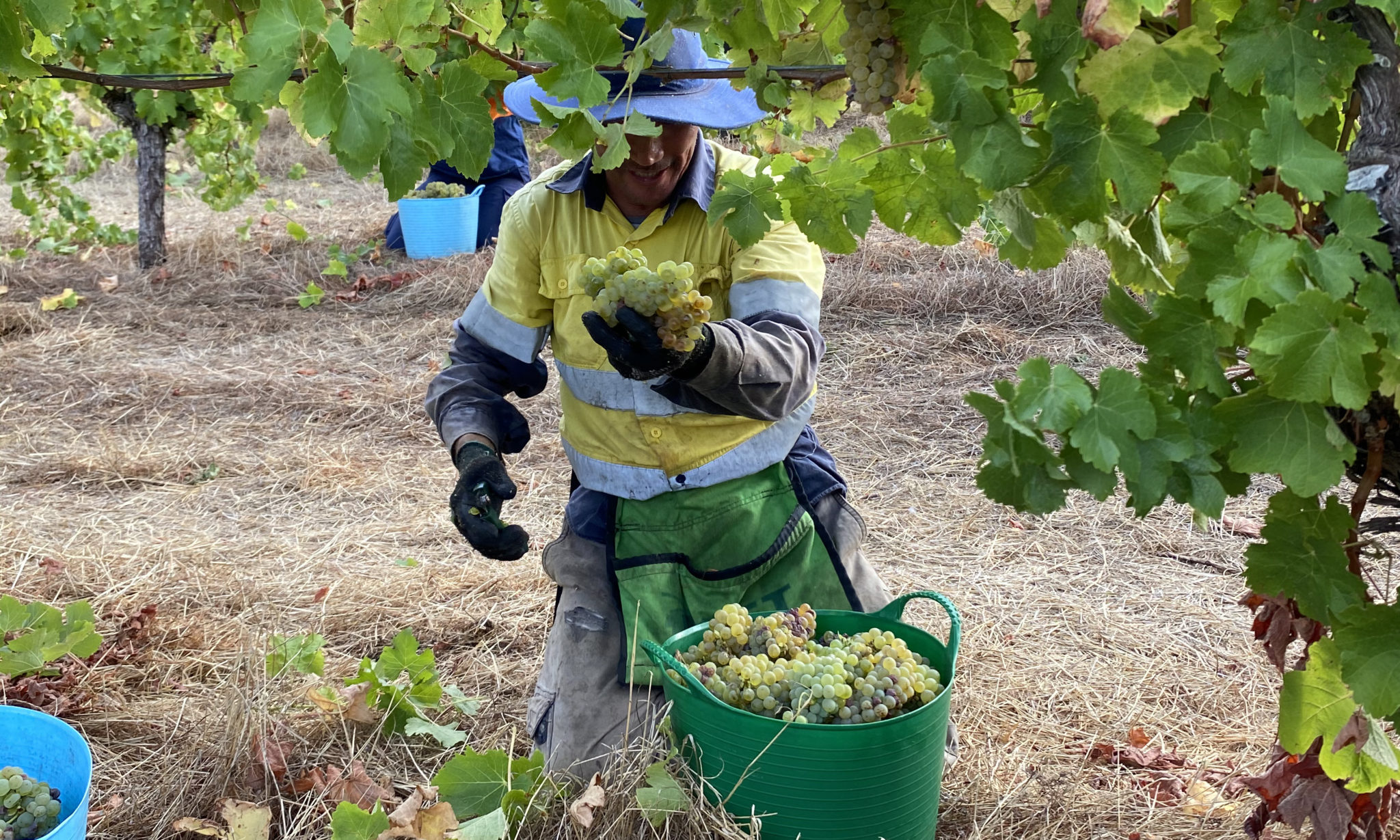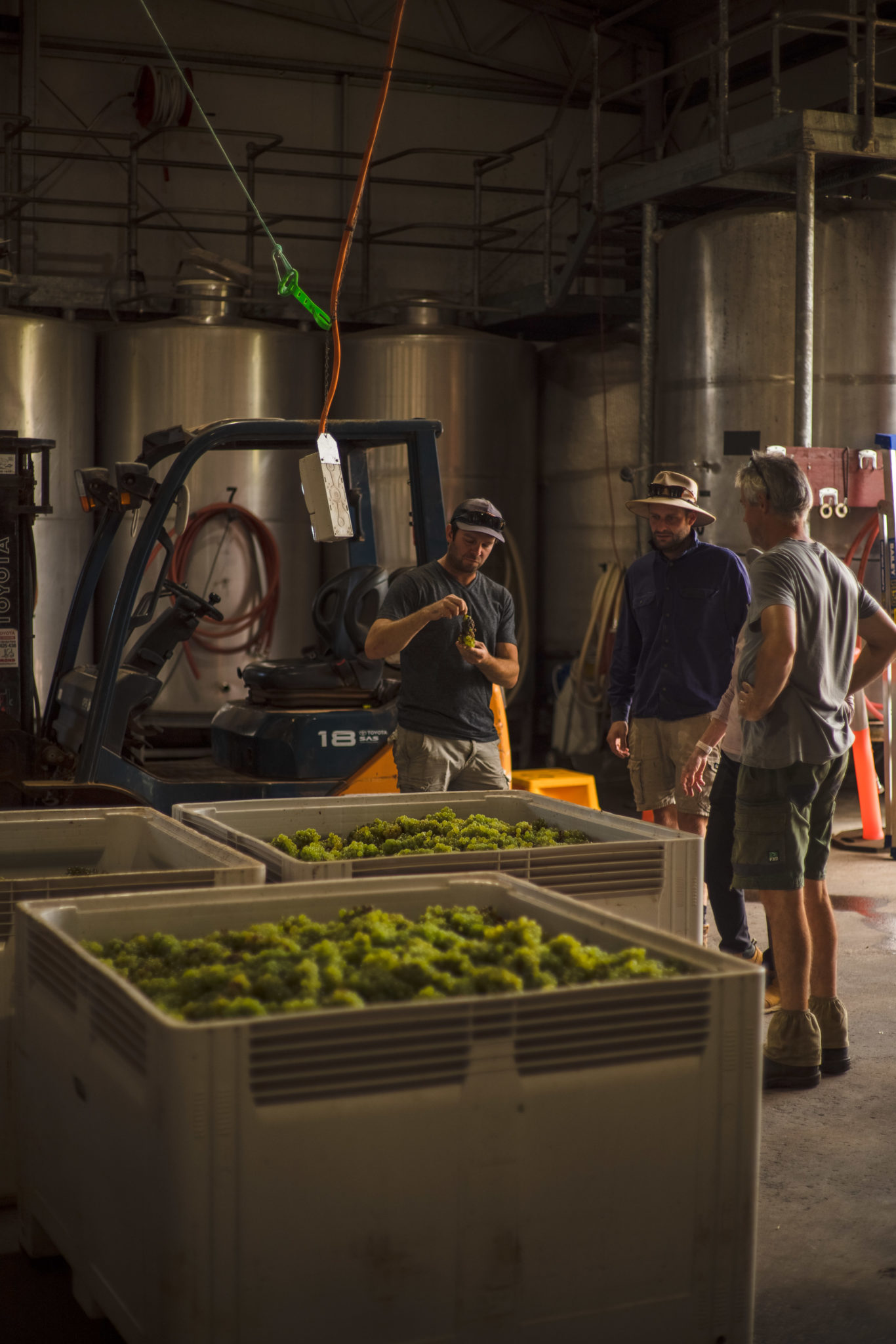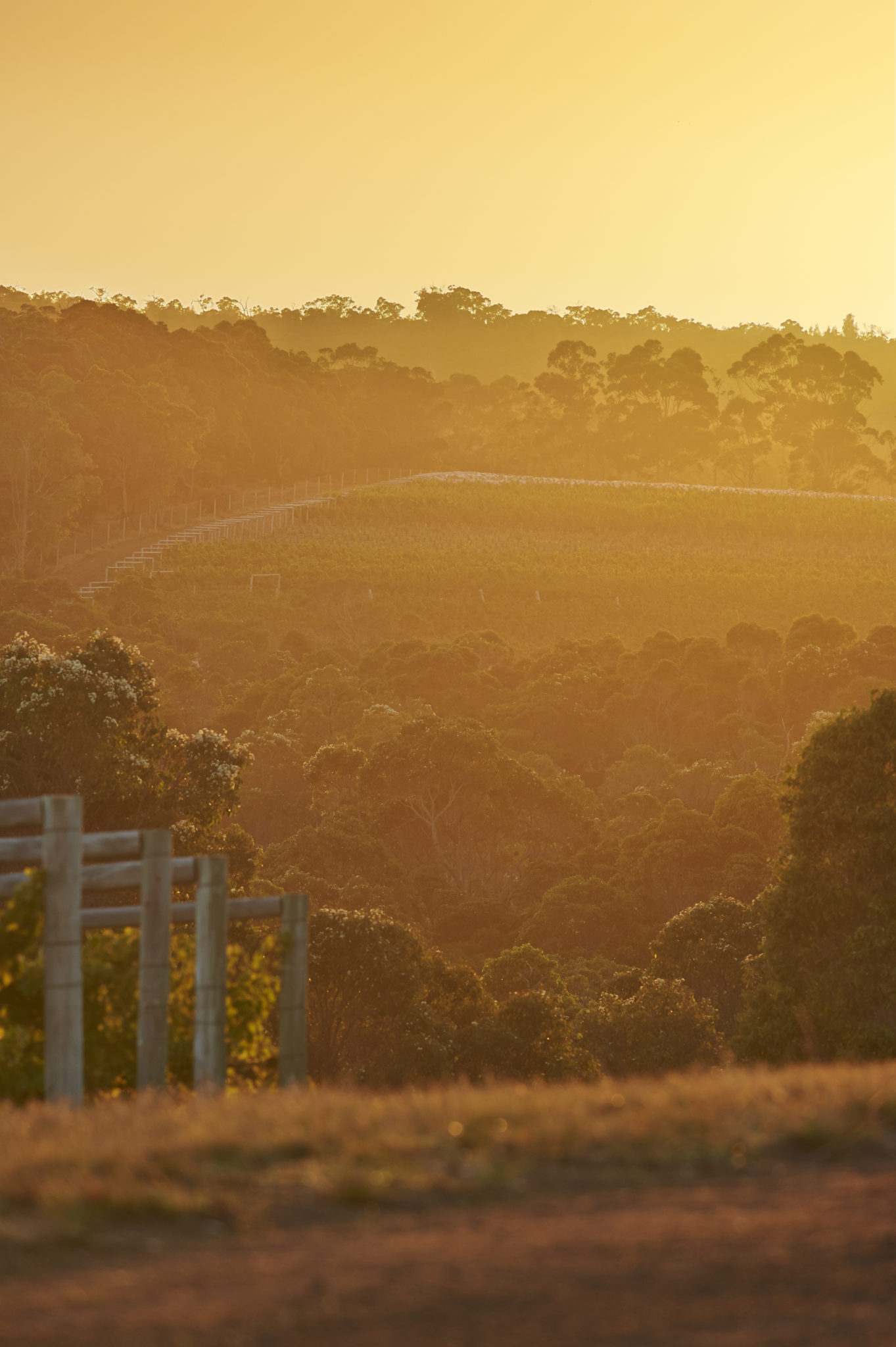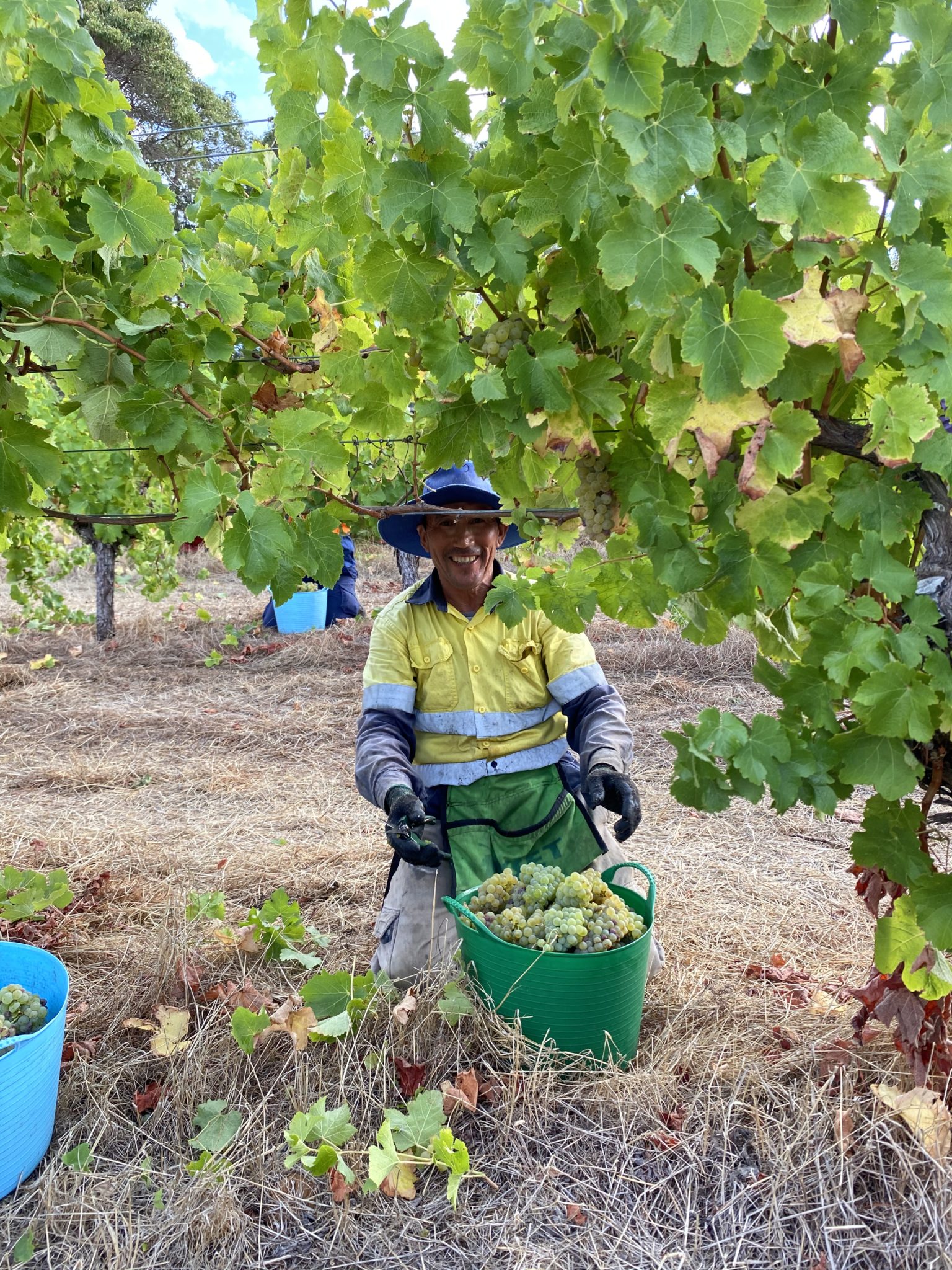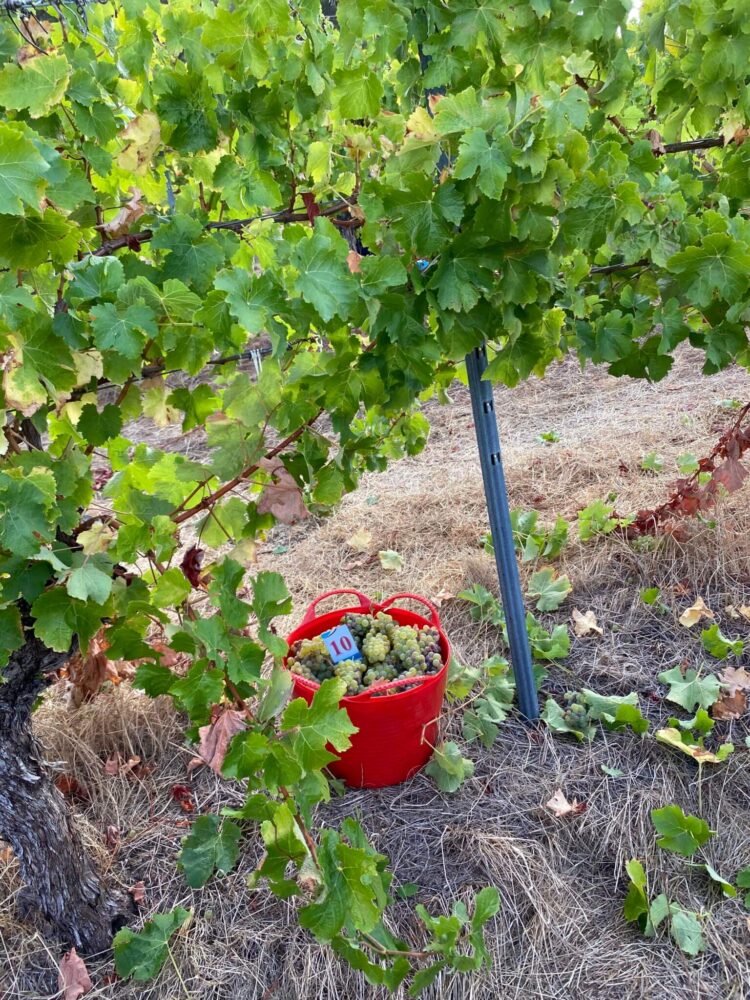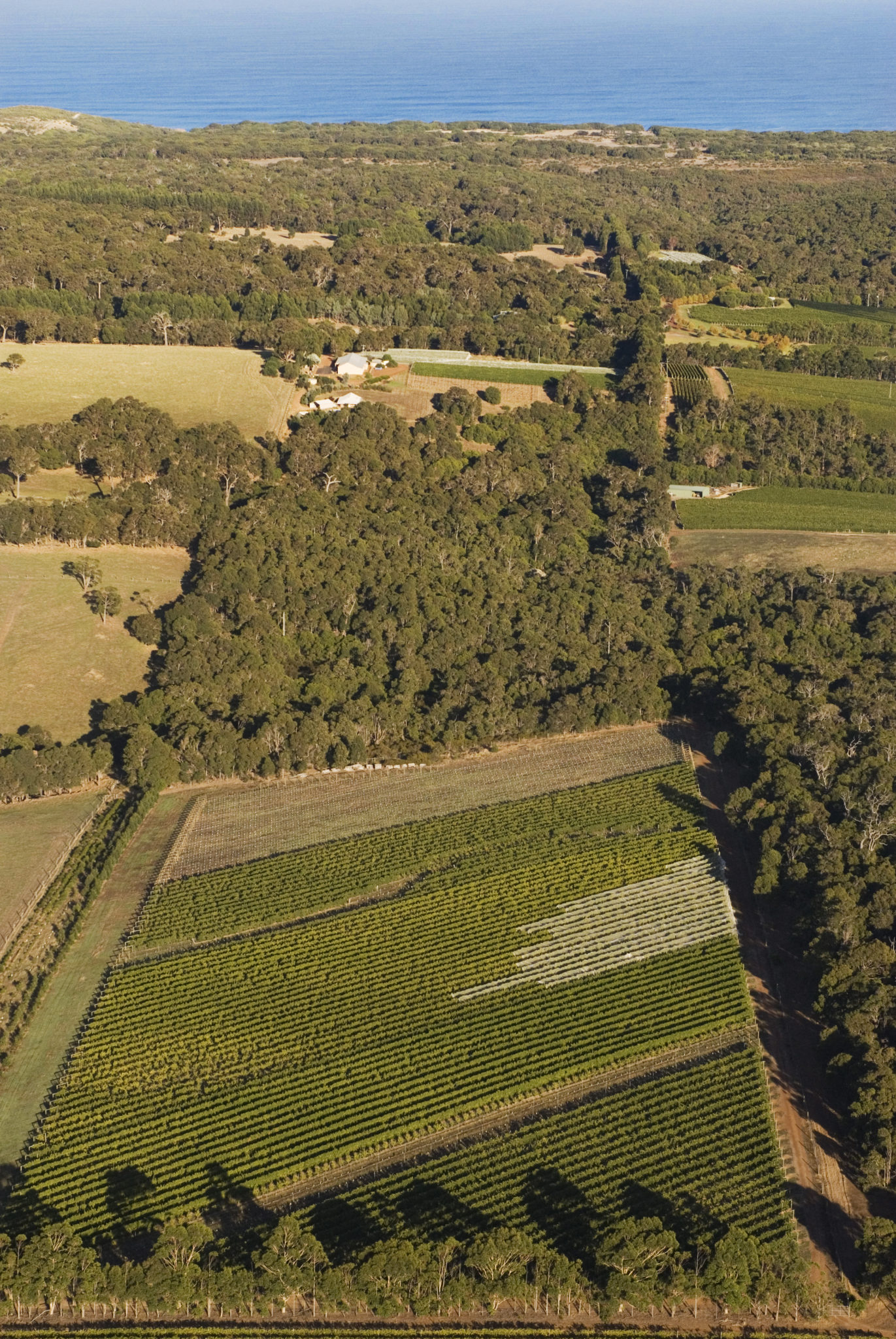Moss Wood Newsletter
Late Spring News Issue # 111 OCTOBER 2021
Moss Wood Ribbon Vale 2019 Cabernet Sauvignon
Moss Wood Ribbon Vale 2019 Merlot
Moss Wood Ribbon Vale 2020 Elsa
2019 ribbon vale reds
VINTAGE NOTES
We hope readers enjoy our reports about seasonal conditions and how these impacted our winemaking lives. An important part of the fun in making and drinking wine is that every vintage is different and carries with it the stamp of the often-small weather variations that prevailed. The results are the nuanced but perceivable changes in the style of wine we made.
Our most interesting stories typically come from complicated years. The more Mother Nature throws out the challenges, the harder we have to work to achieve the high quality upon which we pride ourselves. As we progressed through the 2018/19 season, it became clear she was definitely in one of those moods.
Mild and wet, was the theme of the spring. Calendar year 2018 was above average for rainfall and it kept coming right till the end of the year. The Cabernet varieties all flowered late, around 20th November and were accompanied by 9 days of rain, delivering a total of 53mm, not to mention 10 days when the temperature dropped below 8°C. Flowering was at least a week late across all varieties and it’s no surprise that yields were variable. Good old Cabernet Sauvignon coped well and was actually up ever so slightly, by 2%, at 7.10 tonnes per hectare but the brothers-in-arms, Cabernet Franc, Merlot and Malbec were all below average to varying degrees. Cabernet Franc was the worst offender, down 34%, at 5.27 tonnes per hectare.
We kept our part of the bargain by keeping fungicide treatments on track and so the vineyard was free of disease. When the leaves are green and healthy, the vines are able to maintain good ripening, something quite crucial when the temperatures are a bit low, giving them the best chance to achieve good flavours.
Our other important step we can take is to make sure our foliage management is timely. When the shoots are properly positioned, standing vertically, with all the leaves and bunches exposed to the sun, we maximise the ripening potential and minimise the disease risk. In the sporting parlance, the 1%ers can really make a difference and attention to detail is critical.
As the season progressed all this became more and more important as Mother Nature gifted us on-going mild temperatures and several good dollops of rain. With the vineyard in good shape, disease wasn’t a risk but ripening was slow.
As dry land farmers, we have something of love/hate relationship with rain. We love to have it anytime but it’s a mixed blessing late in the season. As we progress into autumn, we get a bit edgy. Falling temperatures reduce the progress of the Cabernet varieties and rain slows things even further. By mid-April things can reach the point in cool years when ripening all but stops.
The other issue is the birds get very hungry at that time of year and although the crop is protected by nets, we have to check continually for holes. The silvereyes, in particular, will find the smallest opening to stream through and get stuck into the fruit. Nothing is more frustrating than watching the birds help themselves to almost-ripe grapes.
With all of the above in mind, it was a relief when Ribbon Vale closed in on full ripeness. On 10th April, we got under way with Cabernet Franc and Malbec, soon followed by Merlot. We were still waiting on Cabernet Sauvignon, anxiously following the many weather forecasts available these days and decided on Good Friday morning that Easter Saturday was the big day. We were experiencing some showers but they were likely to be easing by the afternoon, so we agreed to take the nets off late in the day. What happened next will remain one of those magic moments we’ll remember forever.
As the vineyard crew left Moss Wood, which luckily was all finished by this stage, to take off the aforementioned nets, an almighty storm passed over the top of the winery, leaving hail piled up against the south side of all the buildings. Very exciting indeed! As can happen with these things, it was a strip about 1 kilometre wide, passing roughly straight over the top of Moss Wood, with Ribbon Vale on the very southern edge, so fortunately it missed the worst. Also, believe it or not, we also need to thank the birds because their pressure meant we’d left the nets on until the very last minute and these prevented the hail from damaging the fruit. Sometimes you get lucky!
PRODUCTION NOTES
As always, the fruit for the Ribbon Vale reds was hand-picked and delivered to the winery where it was destemmed and sorted. Cabernet Sauvignon, Cabernet Franc and Malbec were all put into small, open fermenters, for hand plunging 3 times per day. Merlot went into closed fermenters and was pumped over 3 times per day.
All batches were seeded with multiple yeast strains for primary fermentation and temperatures were controlled to a maximum of 30°C. Time on skins was 10 days for Malbec, 16 days for Cabernet Sauvignon and Merlot and 17 days for Cabernet Franc.
After pressing all batches underwent malolactic fermentation in stainless steel and were then racked to barrel. All casks were French oak barriques, and in the Cabernet Sauvignon 26% were new and in the Merlot, 14%.
On 16th November 2020, the final blends for both wines were made up.The 2019 Cabernet Sauvignon is 91% Cabernet Sauvignon, and 3% each of Cabernet Franc, Merlot and Malbec.The 2019 Merlot is 93% Merlot and 7% Cabernet Franc. The finished wines were then returned to barrel.
In early August 2021, after 28 months in wood, both wines were racked to stainless steel and fining trials were carried out to assess tannin balance. No finings were necessary and so both were sterile filtered and bottled on 9th August.
Moss Wood Ribbon Vale 2019 Cabernet Sauvignon
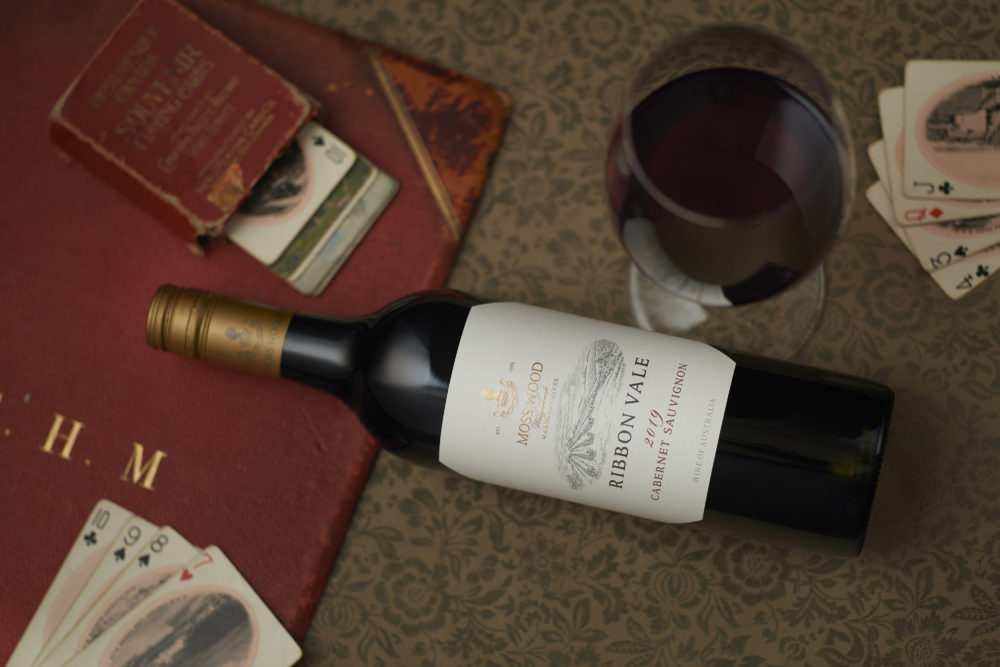
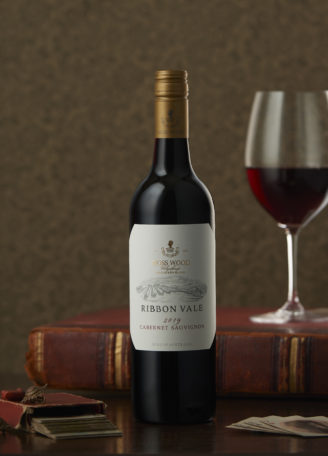
| Wine Facts | |
|---|---|
| Median Harvest Date | Ribbon Vale Cabernet Sauvignon – 21/04/2019 Ribbon Vale Cabernet Franc – 10/04/2019 Ribbon Vale Merlot – 13/04/2019 Ribbon Vale Malbec – 10/04/2019 |
| Harvest Ripeness | Ribbon Vale Cabernet Sauvignon – 12.8⁰Be Ribbon Vale Cabernet Franc – 12.8⁰Be Ribbon Vale Merlot – 13.0⁰Be Ribbon Vale Malbec - 12.8°Be |
| Yield | Ribbon Vale Cabernet Sauvignon – 5.65 t/ha Ribbon Vale Cabernet Franc – 5.27 t/ha Ribbon Vale Merlot – 6.22 t/ha Ribbon Vale Malbec – 5.24 t/ha |
| Days Elapsed between Flowering and Harvest | Ribbon Vale Cabernet Sauvignon – 138 days Ribbon Vale Cabernet Franc – 132 days Ribbon Vale Merlot – 131 days Ribbon Vale Malbec - 130 days |
| Bottled | 10/08/2021 |
| Alcohol | 14.0% |
Wine Facts
-
Median Harvest Date
Ribbon Vale Cabernet Sauvignon – 21/04/2019
Ribbon Vale Cabernet Franc – 10/04/2019
Ribbon Vale Merlot – 13/04/2019
Ribbon Vale Malbec – 10/04/2019
-
Harvest Ripeness
Ribbon Vale Cabernet Sauvignon – 12.8⁰Be
Ribbon Vale Cabernet Franc – 12.8⁰Be
Ribbon Vale Merlot – 13.0⁰Be
Ribbon Vale Malbec - 12.8°Be
-
Yield
Ribbon Vale Cabernet Sauvignon – 5.65 t/ha
Ribbon Vale Cabernet Franc – 5.27 t/ha
Ribbon Vale Merlot – 6.22 t/ha
Ribbon Vale Malbec – 5.24 t/ha
-
Days Elapsed Between Flowering and Harvest
Ribbon Vale Cabernet Sauvignon – 138 days
Ribbon Vale Cabernet Franc – 132 days
Ribbon Vale Merlot – 131 days
Ribbon Vale Malbec - 130 days
-
Bottled
10/08/2021
-
Alcohol
14.0%
Tasting Notes
Colour and Condition:
Deep brick red hue; bright condition.
Nose:
This has “smouldering” Cabernet Sauvignon notes in the classic claret style - redcurrant, mulberry and lots of cigar box, cedar and tar.
Palate:
The wine is full-bodied and complex, with redcurrant and mulberry fruit flavours running the full length of the palate and the finish has toasty oak and firm but balance tannins.
CELLARING
This is most definitely a wine that will repay long term cellaring. It will take at least a decade to develop some bottle characters and will require at least a further 15 years to reach full maturity, which it should maintain for a further decade at least.
Moss Wood Ribbon Vale 2019 Merlot
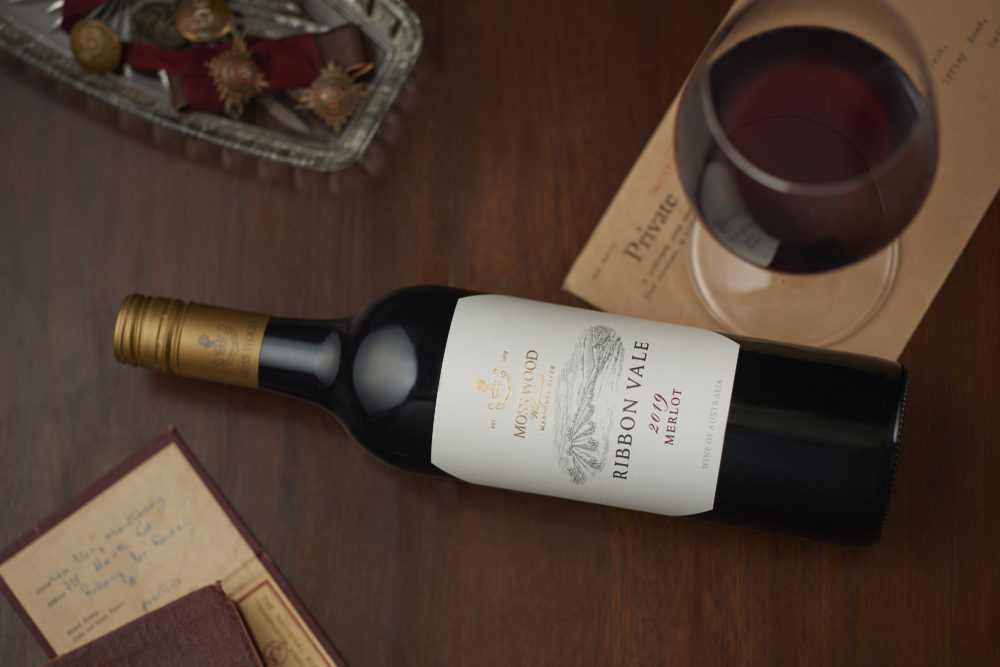
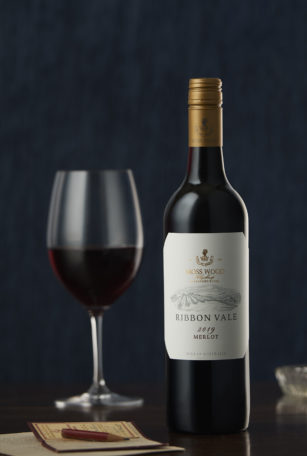
| Wine Facts | |
|---|---|
| Median Harvest Date | Ribbon Vale Merlot – 13/04/2019 Ribbon Vale Cabernet Franc – 10/04/2019 |
| Harvest Ripeness | Ribbon Vale Merlot – 13.0⁰ Be Ribbon Vale Cabernet Franc – 12.8⁰ Be |
| Yield | Ribbon Vale Merlot – 6.22 t/ha Ribbon Vale Cabernet Franc – 5.27 t/ha |
| Days Elapsed between Flowering and Harvest | Ribbon Vale Merlot – 131 days Ribbon Vale Cabernet Franc – 132 days |
| Bottled | 09/08/2021 |
| Alcohol | 13.5% |
Wine Facts
-
Median Harvest Date
Ribbon Vale Merlot – 13/04/2019
Ribbon Vale Cabernet Franc – 10/04/2019
-
Harvest Ripeness
Ribbon Vale Merlot – 13.0⁰ Be
Ribbon Vale Cabernet Franc – 12.8⁰ Be
-
Yield
Ribbon Vale Merlot – 6.22 t/ha
Ribbon Vale Cabernet Franc – 5.27 t/ha
-
Days Elapsed Between Flowering and Harvest
Ribbon Vale Merlot – 131 days
Ribbon Vale Cabernet Franc – 132 days
-
Bottled
09/08/2021
-
Alcohol
13.5%
Tasting Notes
Colour and condition
Deep brick red hue; bright condition.
Nose
Merlot is lauded for its dark fruit notes and the 2019 has this in spadefuls. Lifted cherry, blackberry and blackcurrant fruit aromas dominate and underneath there are just the first hints of leather and tar.
Palate
The same theme follows on the palate, with intense blackberry and cherry notes in the mid palate, sitting over a firm but balanced structure. It captures the theme of 2019, with lively acid and firm tannin and on the finish the oak is toasty, with some old-fashioned pencil shavings.
Cellaring
This is certainly a wine for the cellar and it will repay long term patience. The generous fruit characters of the 2019 vintage mean it is an easy-to-drink youngster but 15 years in the cellar should see the tannin begin to soften and for the tar and leather notes to add complexity to both the nose and palate. Full maturity should be reached around 25 years of age.
Moss Wood Ribbon Vale 2020 Elsa
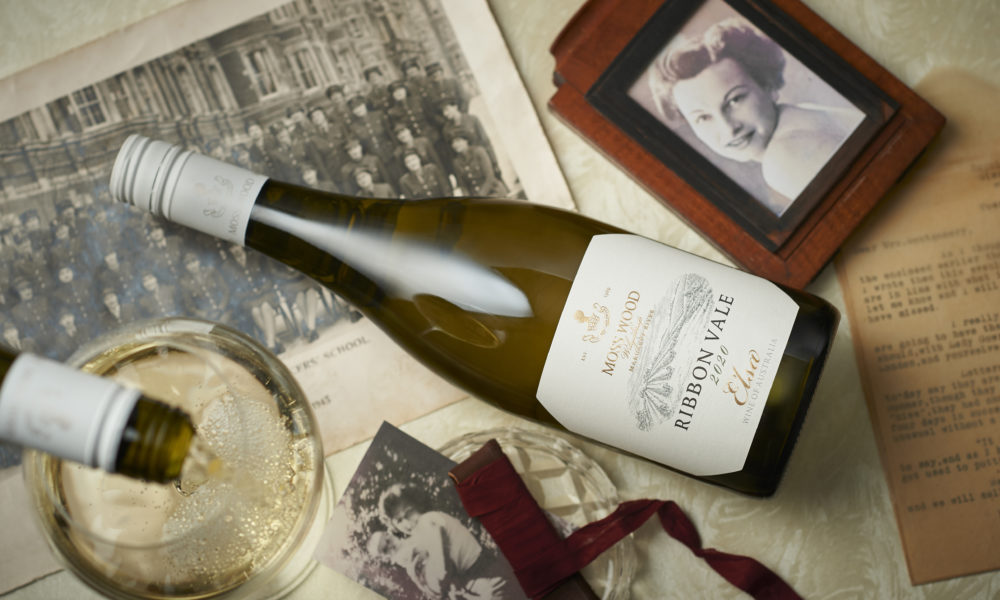
VINTAGE NOTES
After the challenges of the 2018-19 growing season, the story of 2019-20 is one of delightful simplicity. It is true that rainfall in calendar year 2019 was a little on the low side, with 779mm rain compared with our average of 1000mm but that was still plenty for the vines.
Sauvignon Blanc flowered slightly early on 15th November in near-perfect conditions. There were only a few odd showers of rain and temperatures were nice and warm. Indeed, across the entire growing season, we averaged 20.1°C, which is just about perfect for grape ripening. We had no disease issues and although the birds were a bit hungry, we kept them at bay with the nets. Sauvignon Blanc sailed through to full ripeness of 12.8° Baume 12 days ahead of average on 15th February.
Surely even the grumpiest farmer couldn’t complain?
Well, yes, we can - the trick was in the yield. We knew as we filled the bins in the vineyard the crop was lighter than we’d hoped and sure enough, once we started weighing it at the winery it was clear things were well down. Sauvignon Blanc, normally very reliable was reduced by an irritating 25% to 8.01 tonnes per hectare.For the explanation, we have to go all the way back to spring, October 24th, in fact, when a very solid hailstorm in the wee small hours gave Wilyabrup a fair belting. Such is life.
PRODUCTION NOTES
Since our change to the new style for the “Elsa” with the 2019 vintage, we have plenty of fun with Sauvignon Blanc in the winery. The new technique allows us to use our imagination and explore the complex end of winemaking.
Oh, and because we’re Moss Wood and such big fans of Semillon, we like to have some of that in the blend, 10% in the 2020 wine.
It adds complexity to the nose and depth to the palate, even at this small percentage. Also, in a departure from our “normal” Semillon production, in the Elsa it gets all the same fancy techniques that we apply to the Sauvignon Blanc.
After sorting and pressing, the must is settled for 48 hours in stainless steel then the clear juice is racked to a second tank to commence fermentation. Where we once fermented crystal clear Sauvignon Blanc, now we leave it very slightly cloudy, seeking some lightly caramel notes from the solids. Multiple yeast strains are then introduced for primary fermentation and these add further nuances to both the nose and the palate.
Once the ferment has reached the halfway mark, the juice is then racked to French oak barriques of which 6% were new. We are not looking for strong oak notes in this wine but certainly want the benefits of the improved palate weight from fermentation in small oak, as well as the evolution of the yeasty, bready notes as the wine ages on lees.
After primary fermentation we encouraged the secondary fermentation, something that can be challenging for the very temperature-sensitive malolactic bacteria when the winery begins to cool off as autumn sets in. Patience is a virtue and by the end of June it was finally complete. If visitors to Moss Wood ever wonder why there are rows of barrels sitting outside on a sunny day in May, the answer is simple. We need every bit of warmth we can find to keep the Sauvignon Blanc secondary fermentation going.
Once this was finished, the wine was racked to stainless steel, blended and adjusted for sulphur dioxide then returned to barrel, where it stayed for a total of 9 months. On 5th January 2021 it was racked and blended in stainless steel, fined with bentonite for protein stability and then sterile filtered and bottled on 15th January.
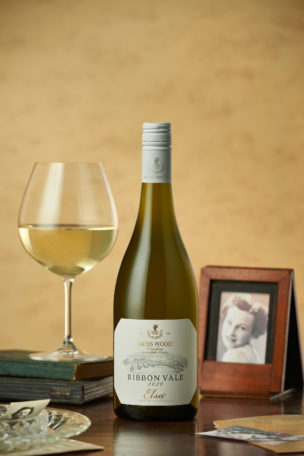
| Wine Facts | |
|---|---|
| Median Harvest Date | 15/02/2020 |
| Harvest Ripeness | 12.8°Be |
| Yield | 8.01 t/ha |
| Days Elapsed between Flowering and Harvest | 88 days |
| Bottled | 15/01/2021 |
| Alcohol | 14.0% |
Wine Facts
-
Median Harvest Date
15/02/2020
-
Harvest Ripeness
12.8°Be
-
Yield
8.01 t/ha
-
Days Elapsed Between Flowering and Harvest
88 days
-
Bottled
15/01/2021
-
Alcohol
14.0%
Tasting Notes
Colour and condition
Light to medium straw hue; bright condition.
Nose
Lifted scents of lychee, gooseberry and passionfruit, with caramel and a spiciness, reminiscent of nutmeg, with freshly baked pastry. In the background is a touch of toasty oak.
Palate
The initial impression follows the nose with generous caramel and lychee flavours sitting over full body and lively acidity, with leafy notes at the end. There is some tannin but the finish is clean, courtesy of the concentration and good length of flavour.
Cellaring
From a relatively small crop and with good concentration, there is no doubt the wine will cellar well. The lively fruit notes will form the major part of the wine for at least 5 years but as it approaches 10 years of age, the secondary notes should start to play a role. Therefore, for those wanting to see some aging, we suggest a minimum of 10 years cellaring.
Order
OUR WINES:
Contact
MOSS WOOD:
Location: 926 Metricup Road, Wilyabrup WA
Postal: PO Box 225, Cowaramup WA 6284
Phone: +61 8 9755 6266
Fax: +61 8 9755 6303
Follow us on
SOCIAL MEDIA:

